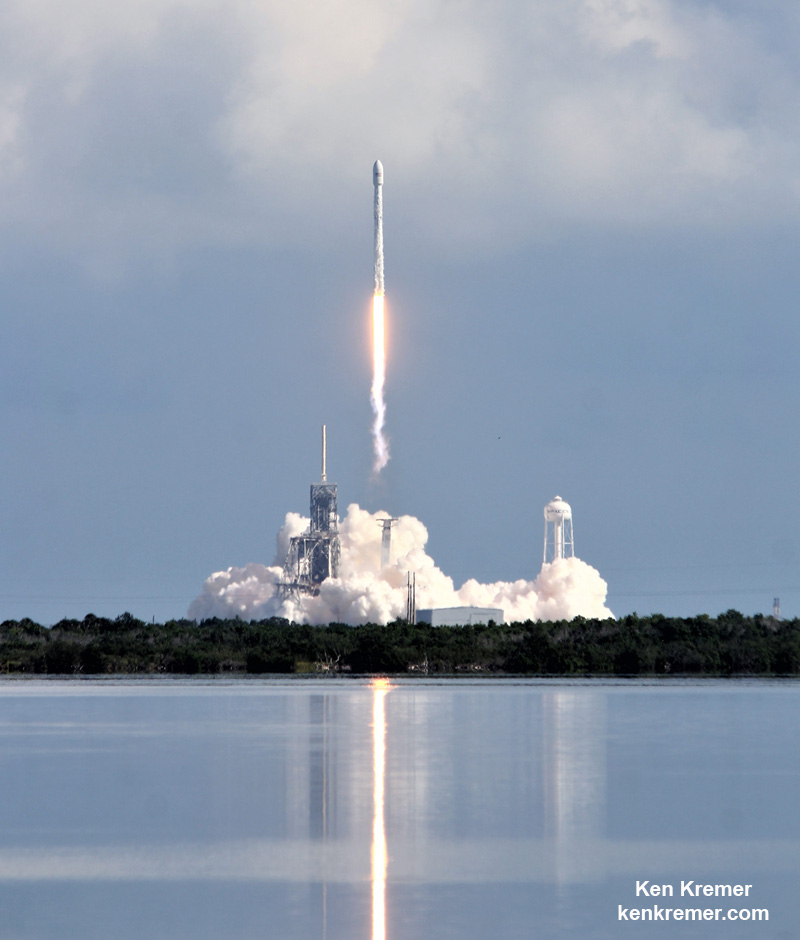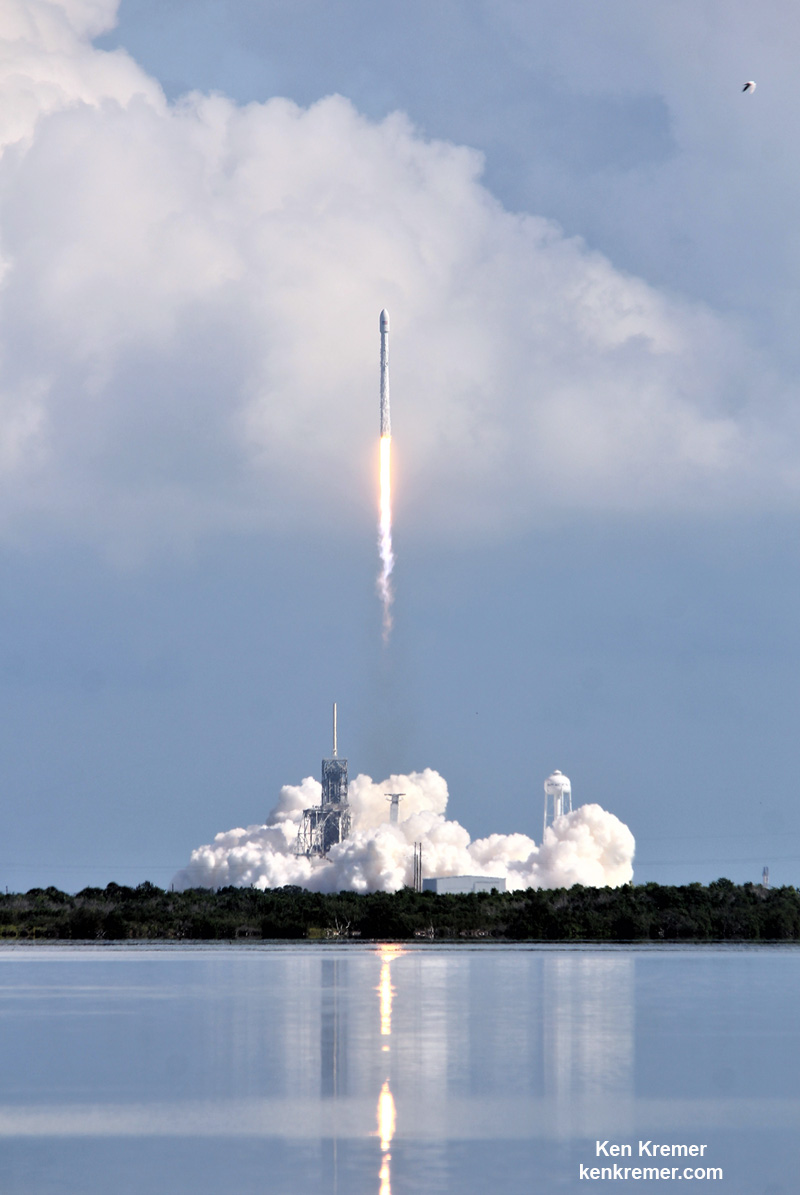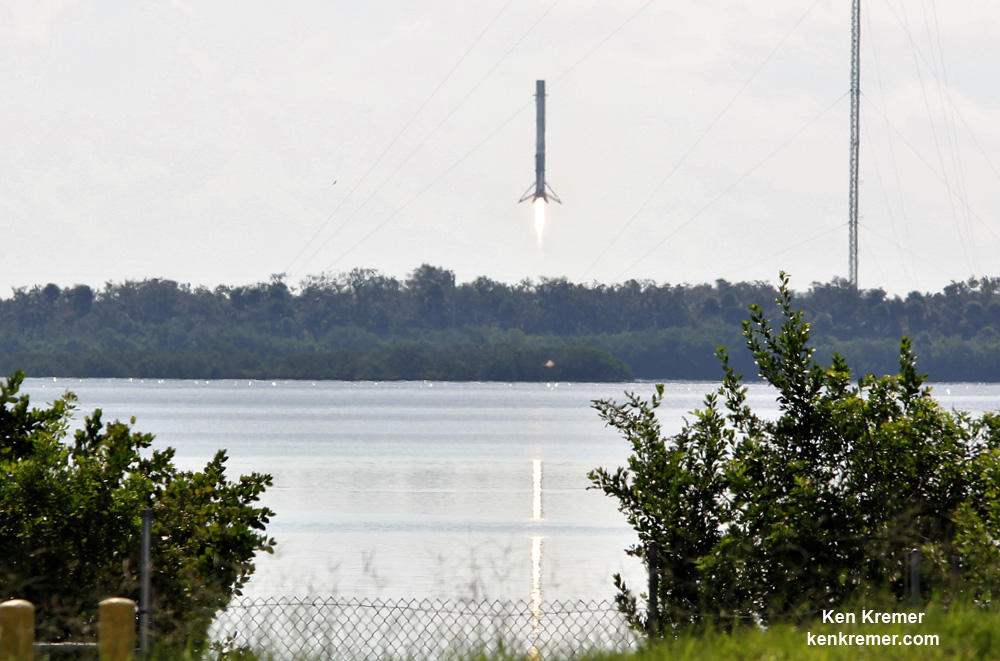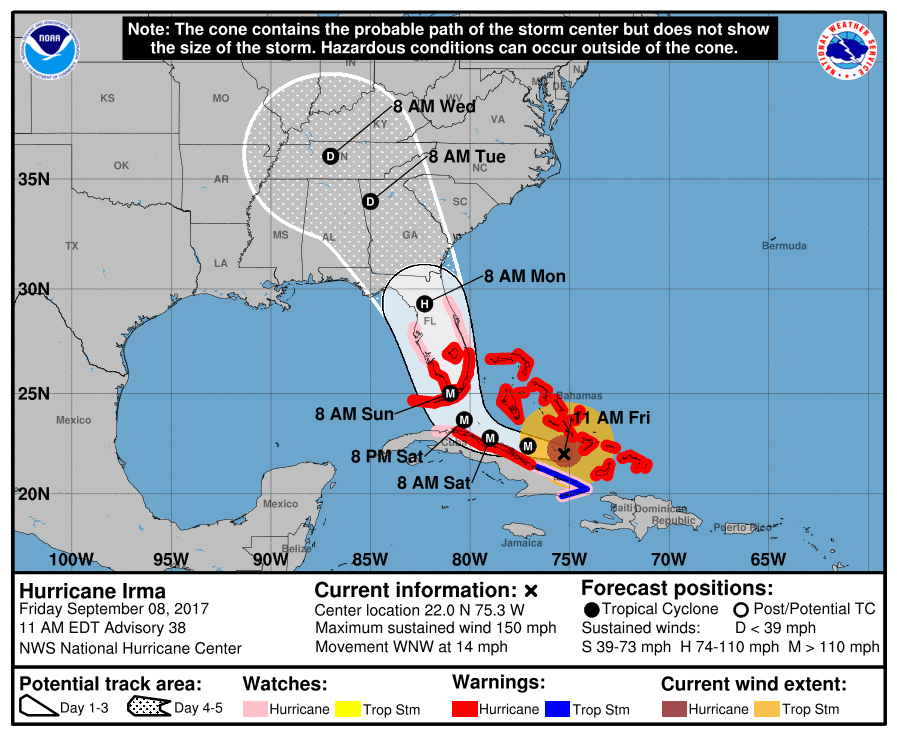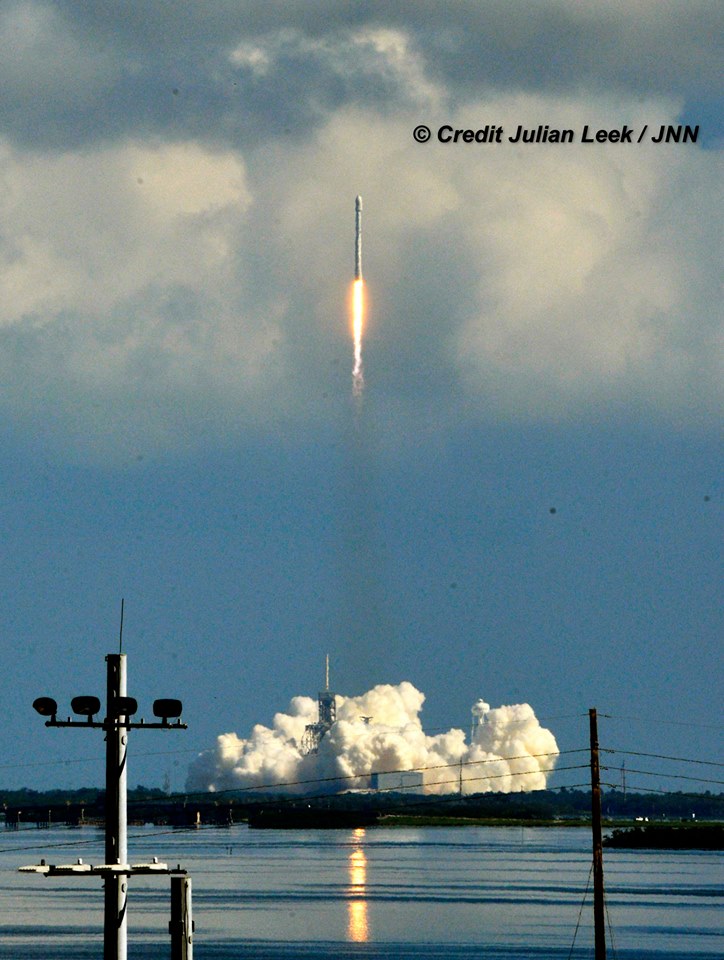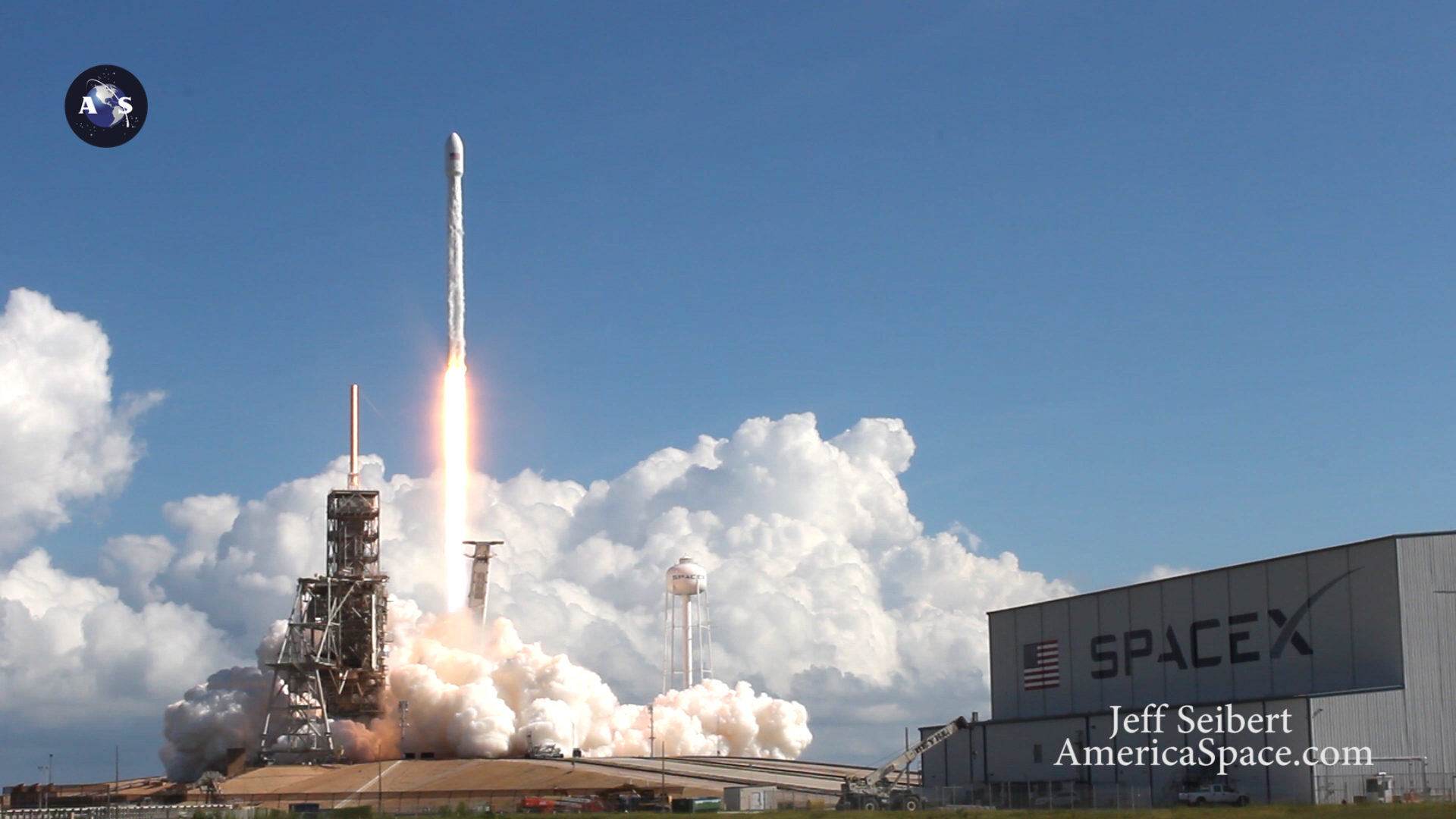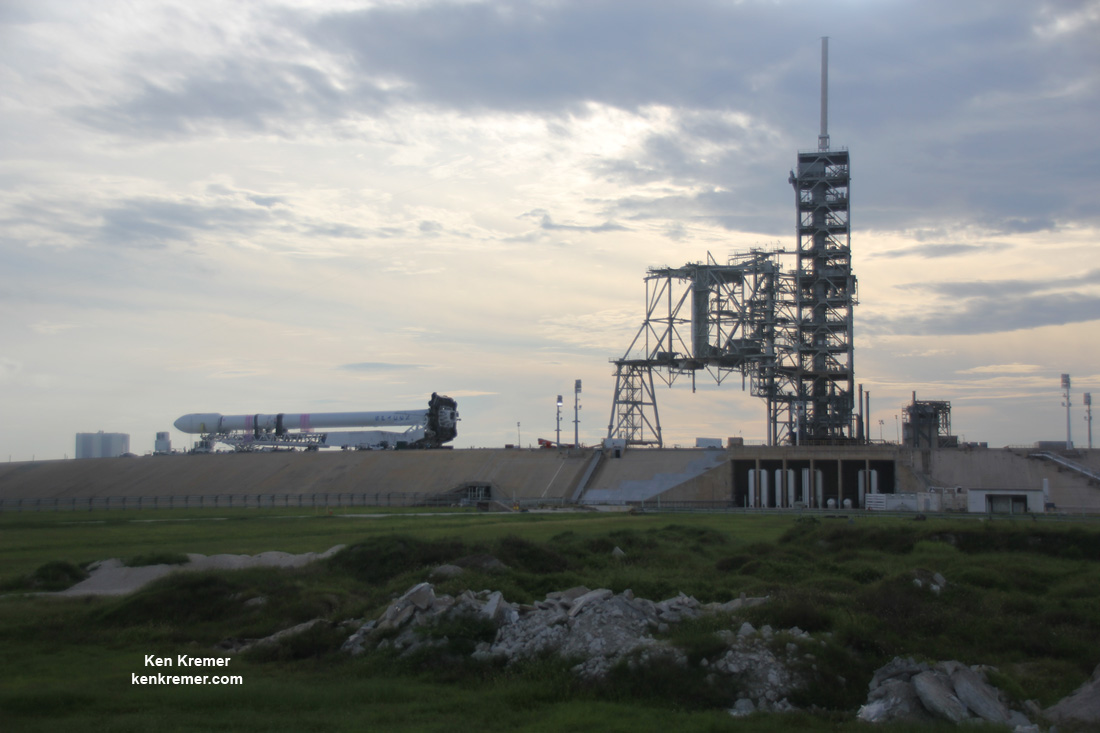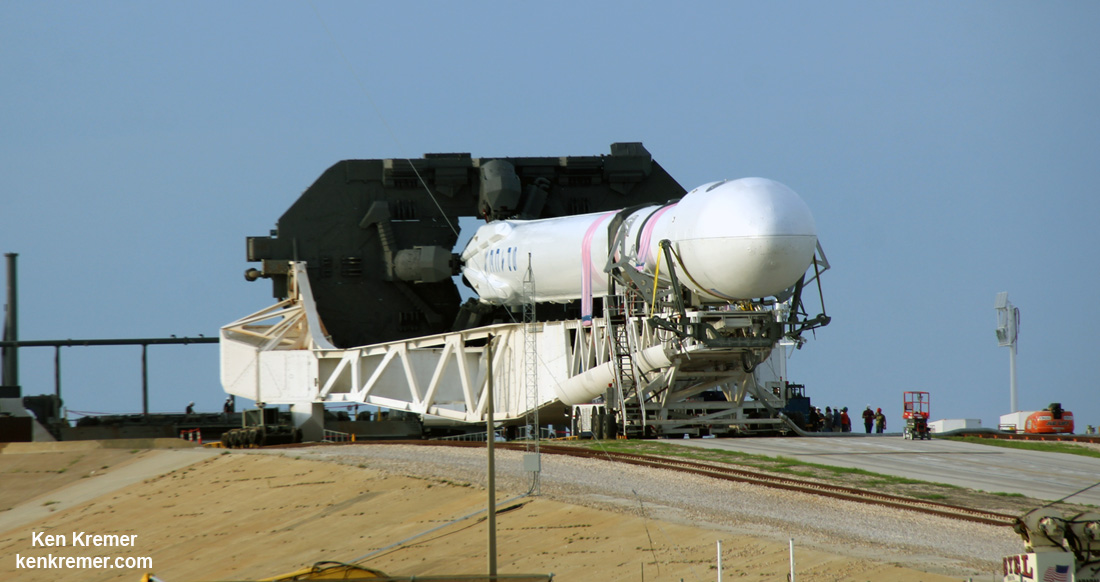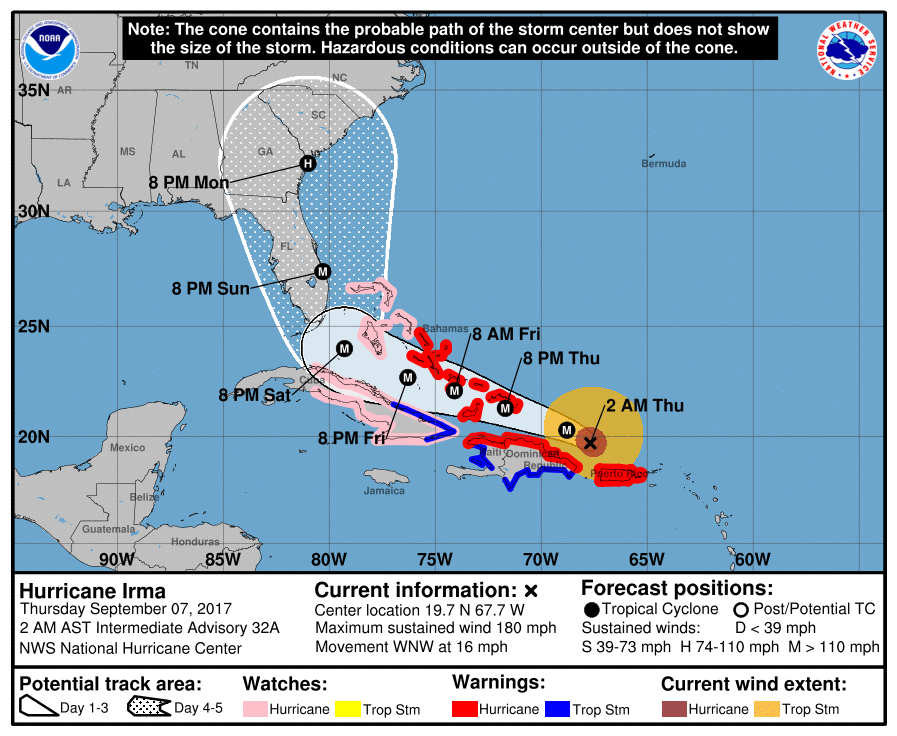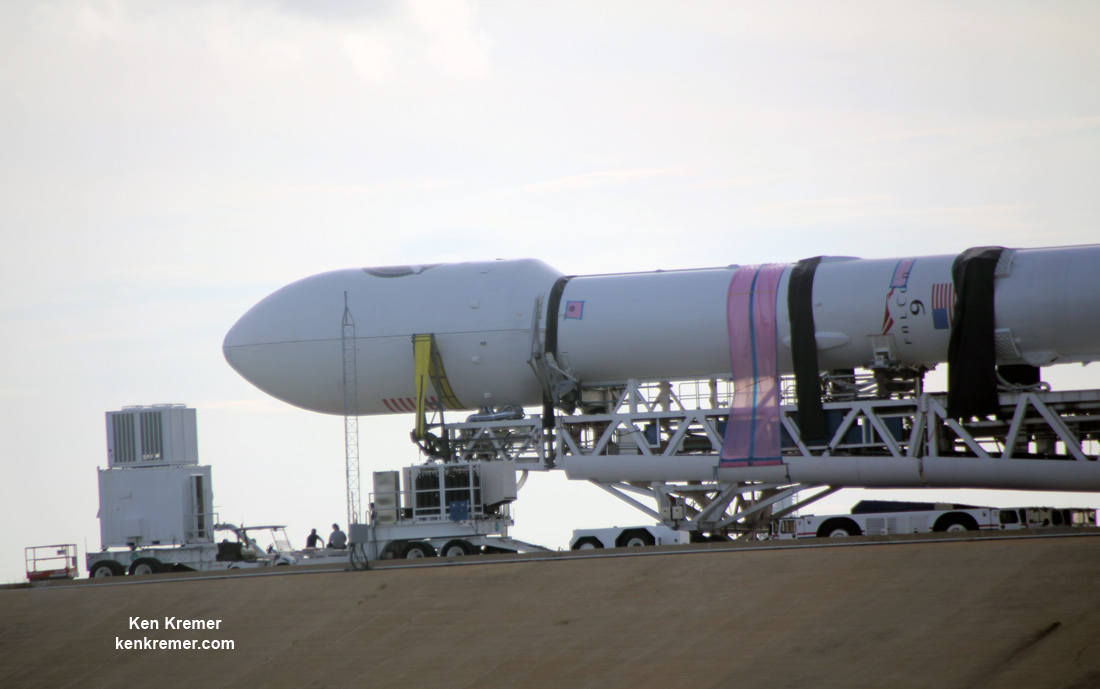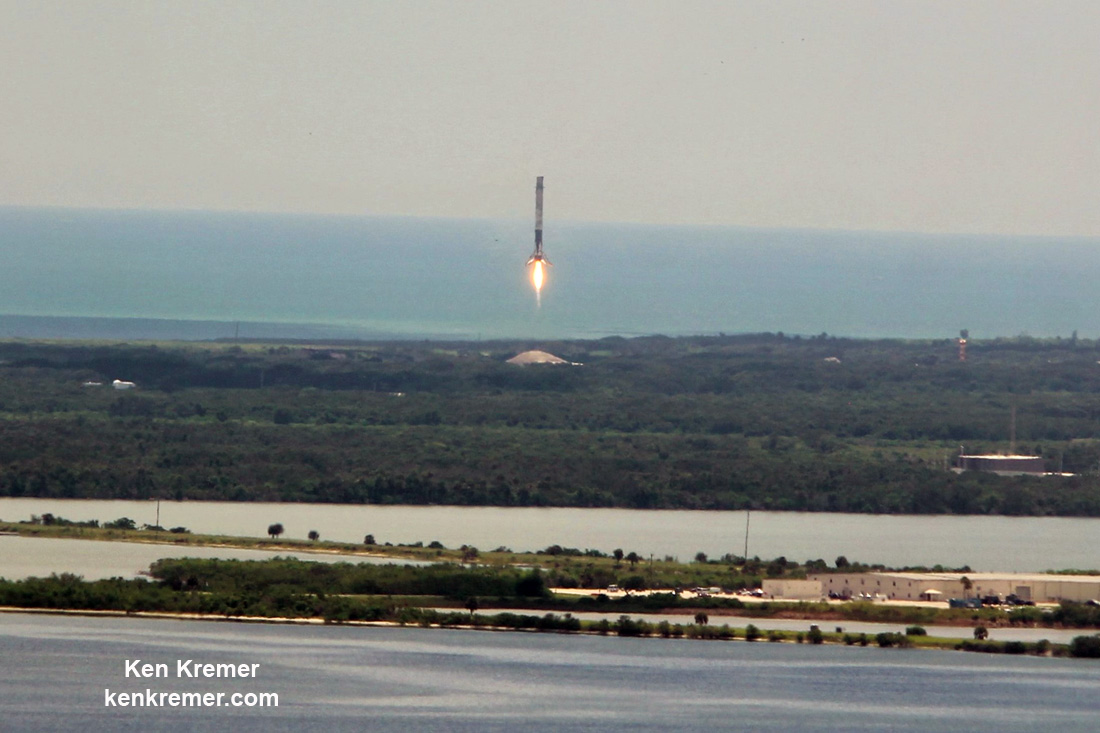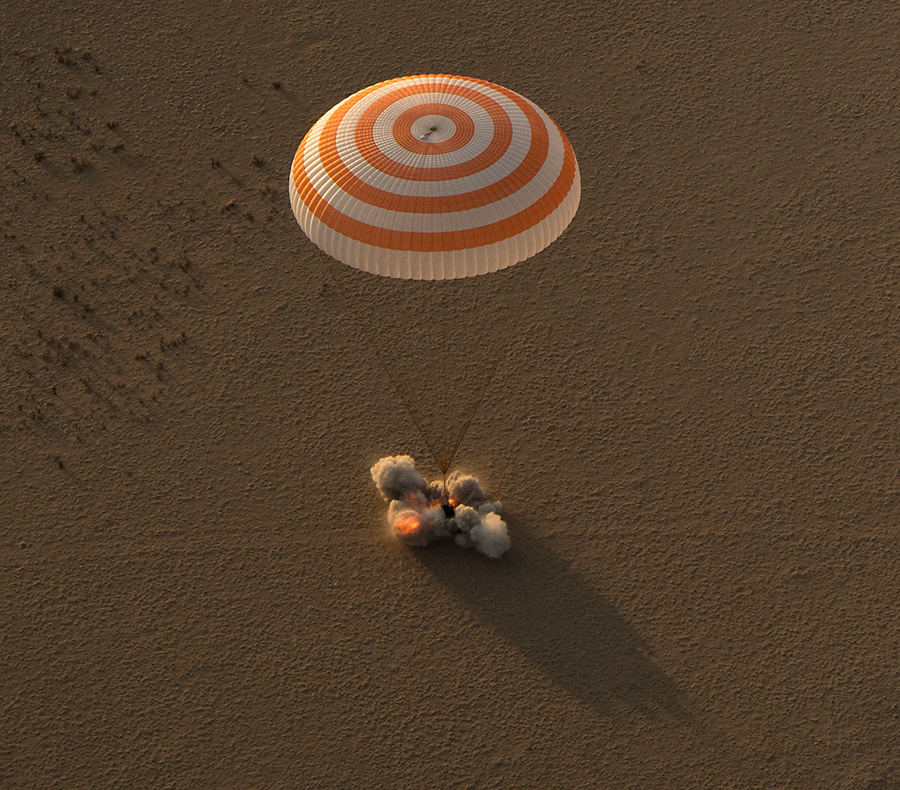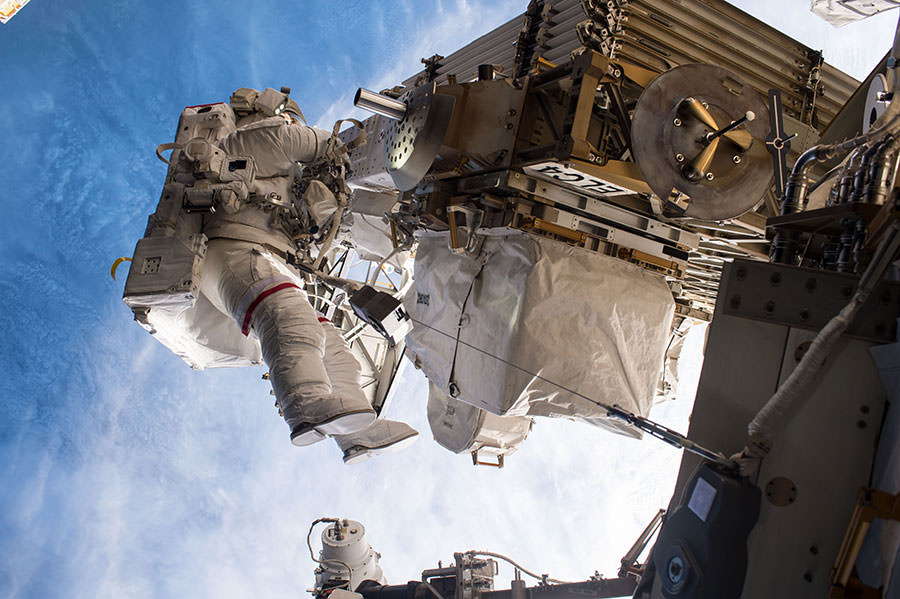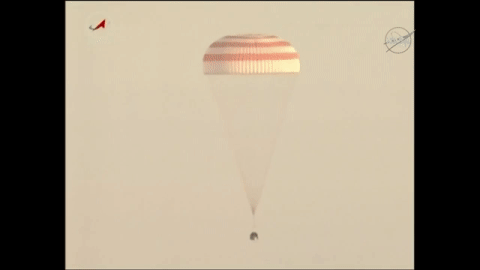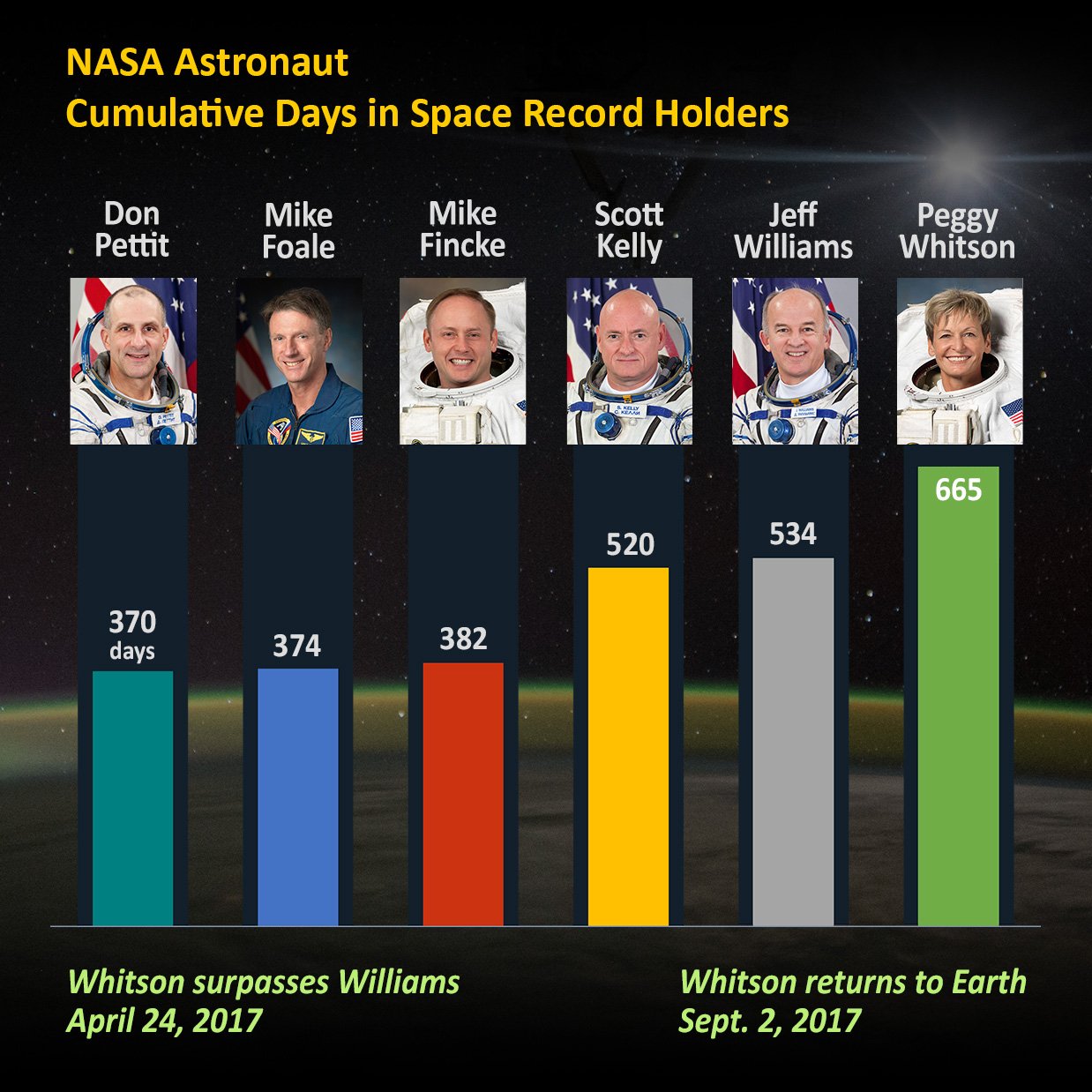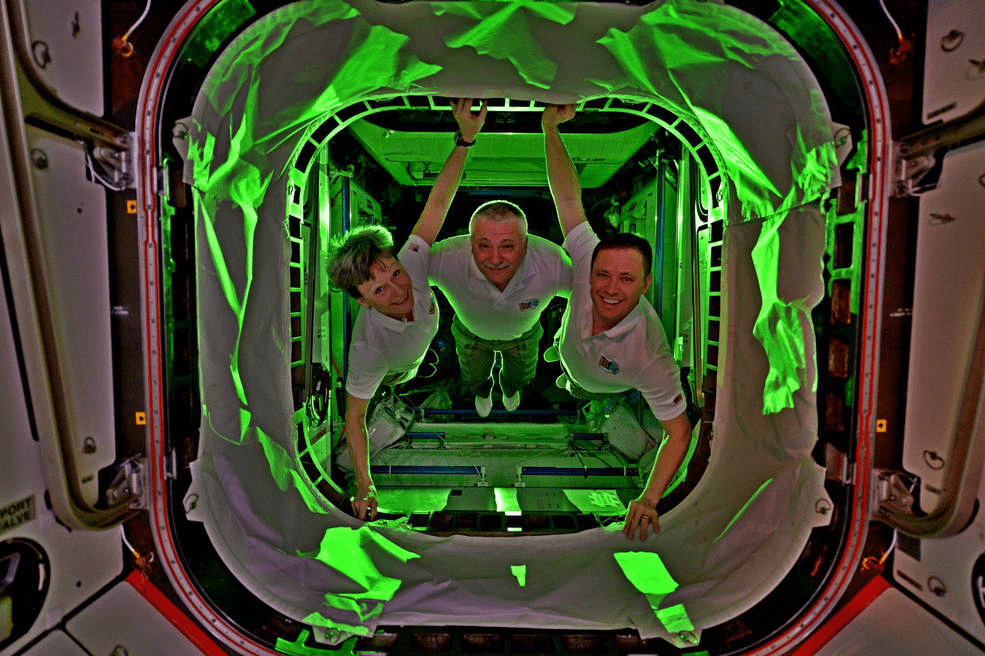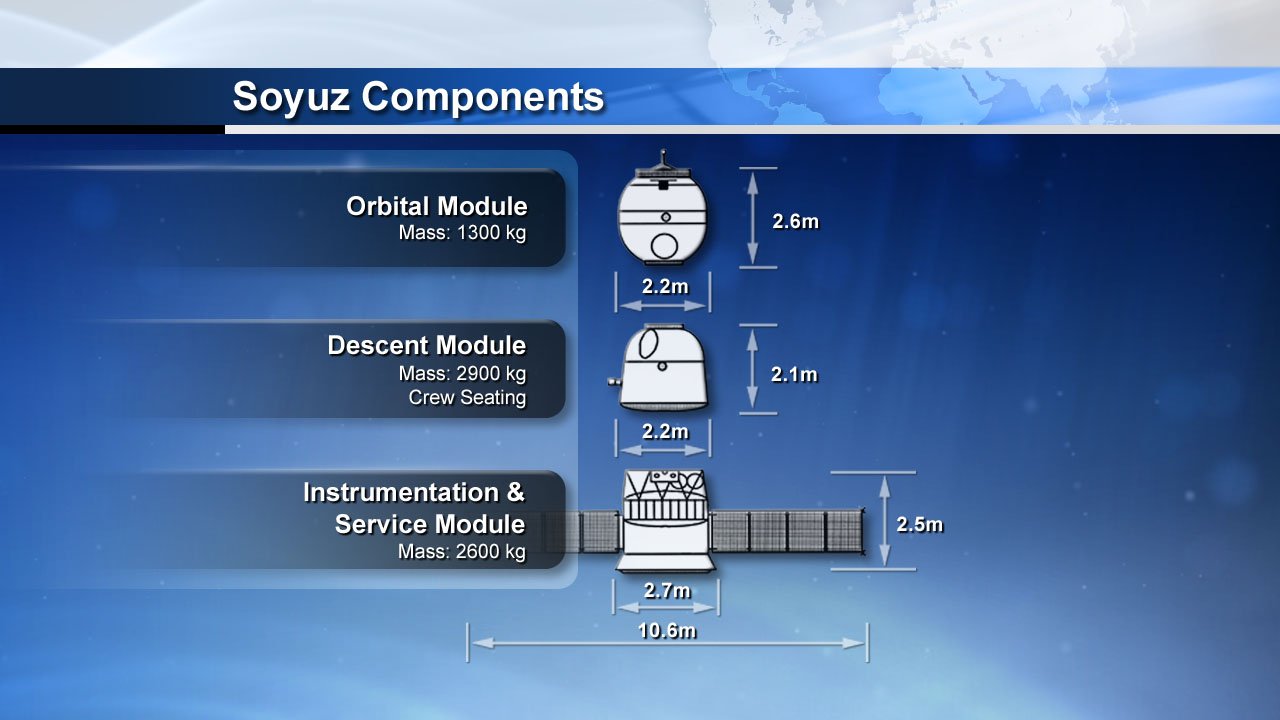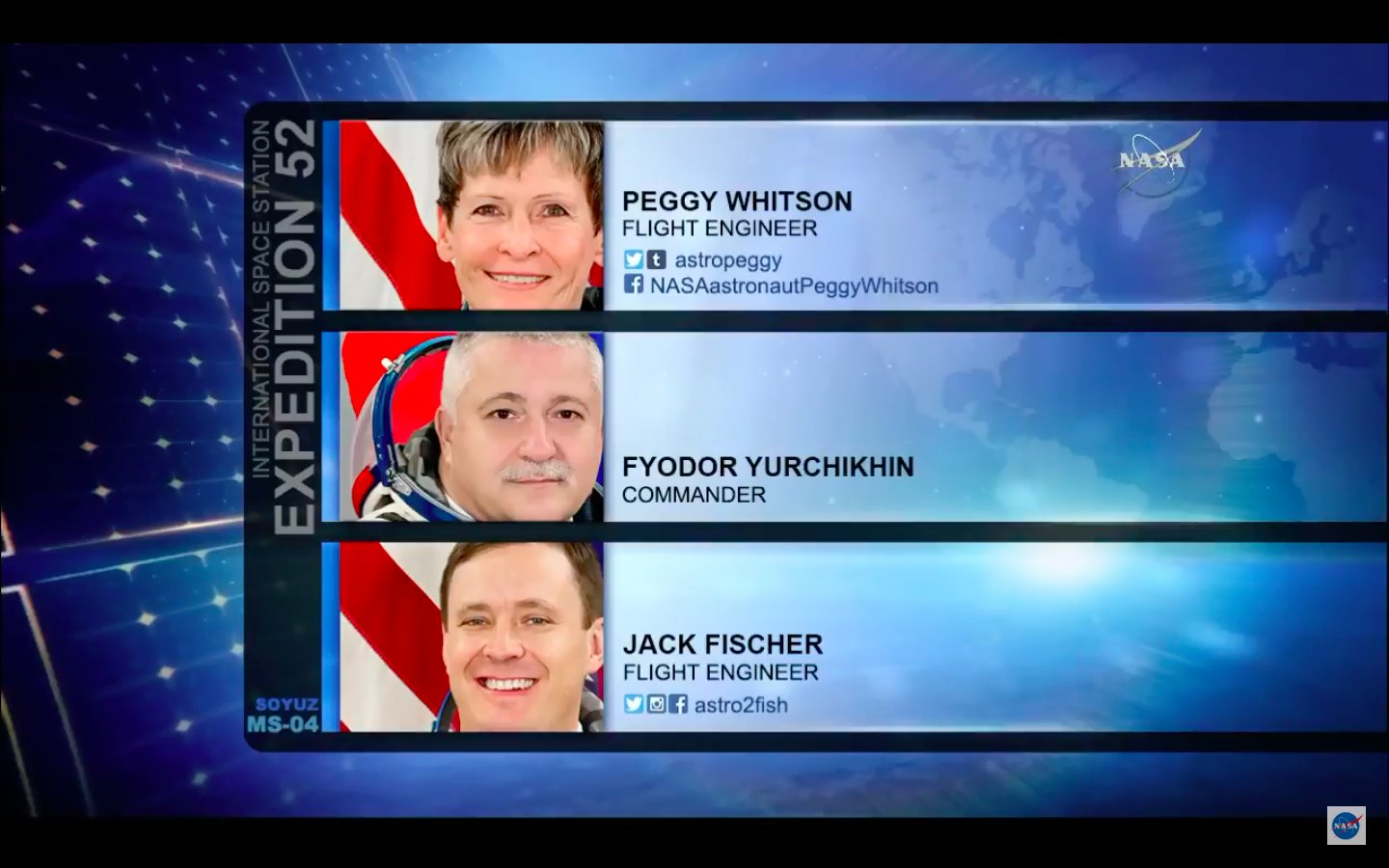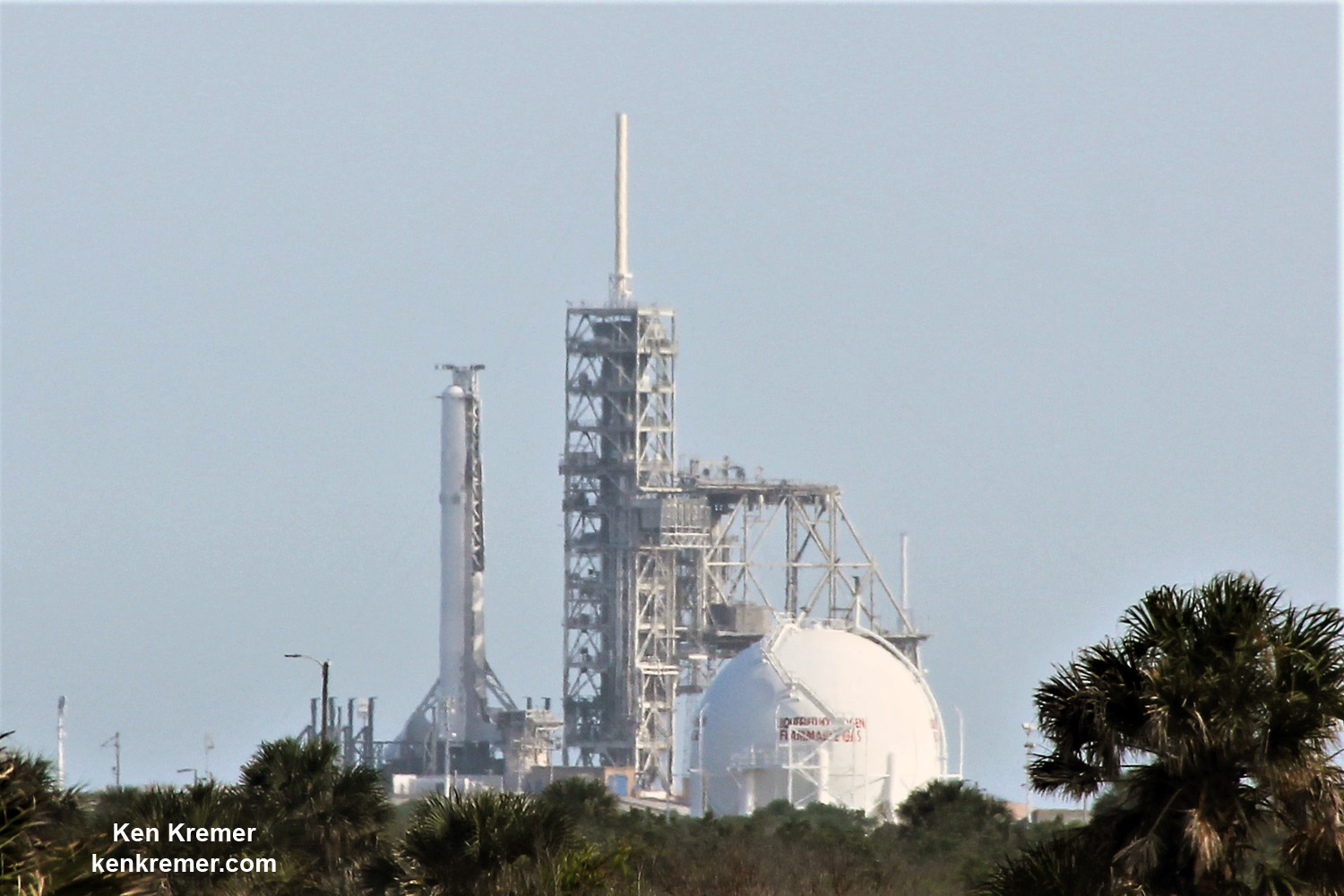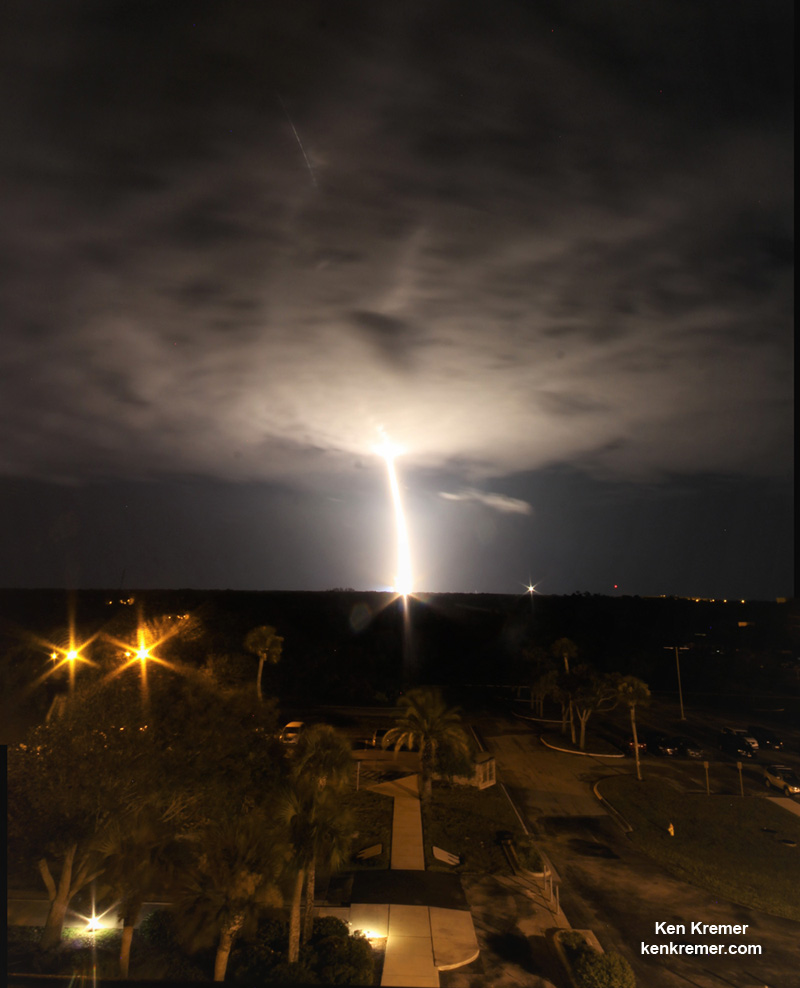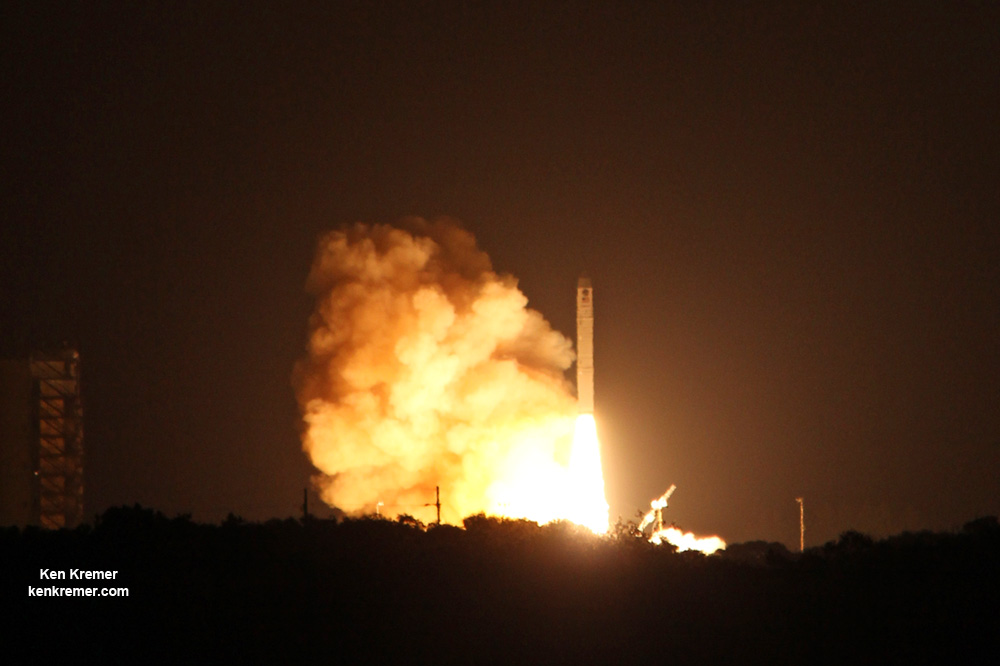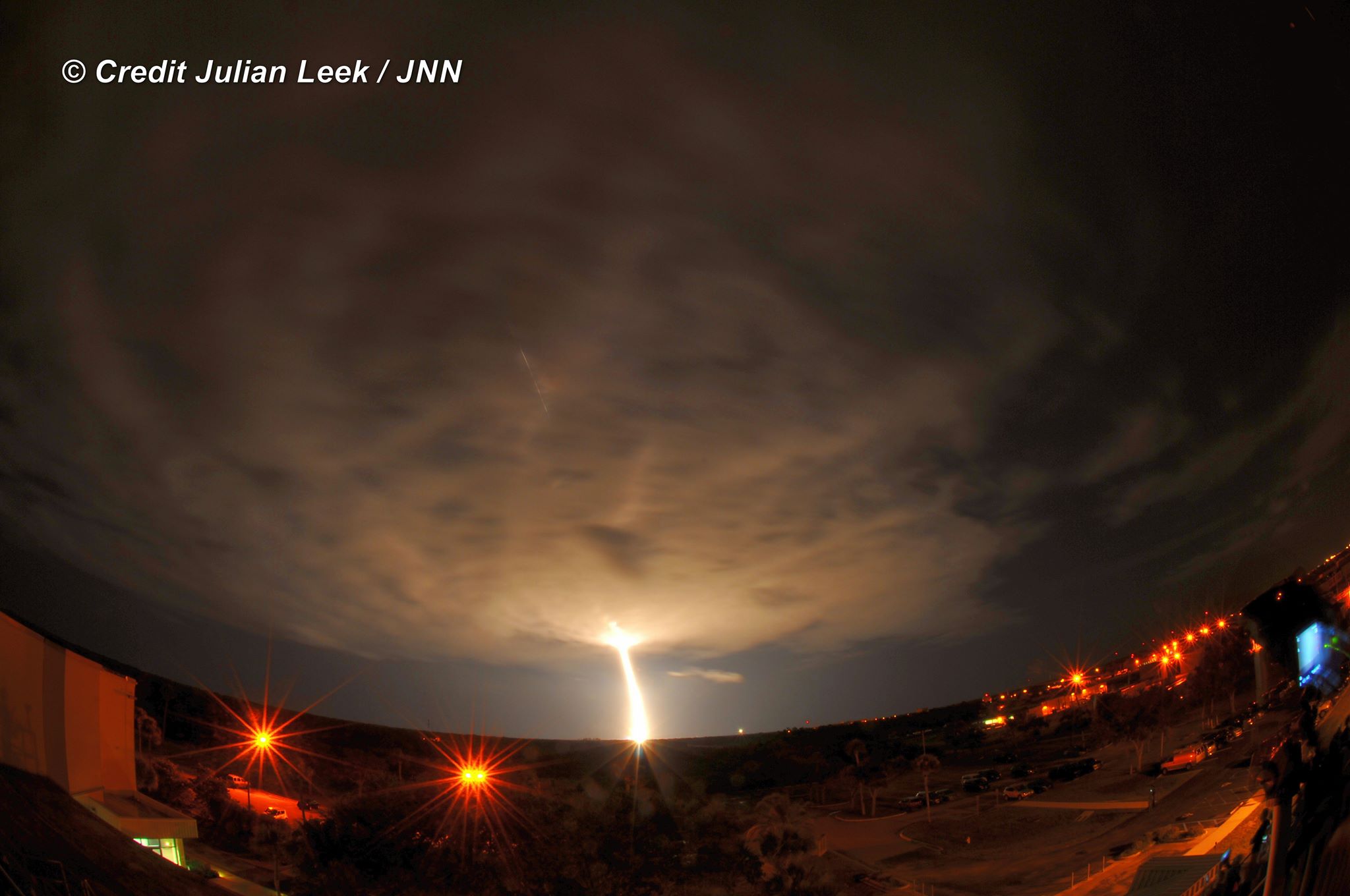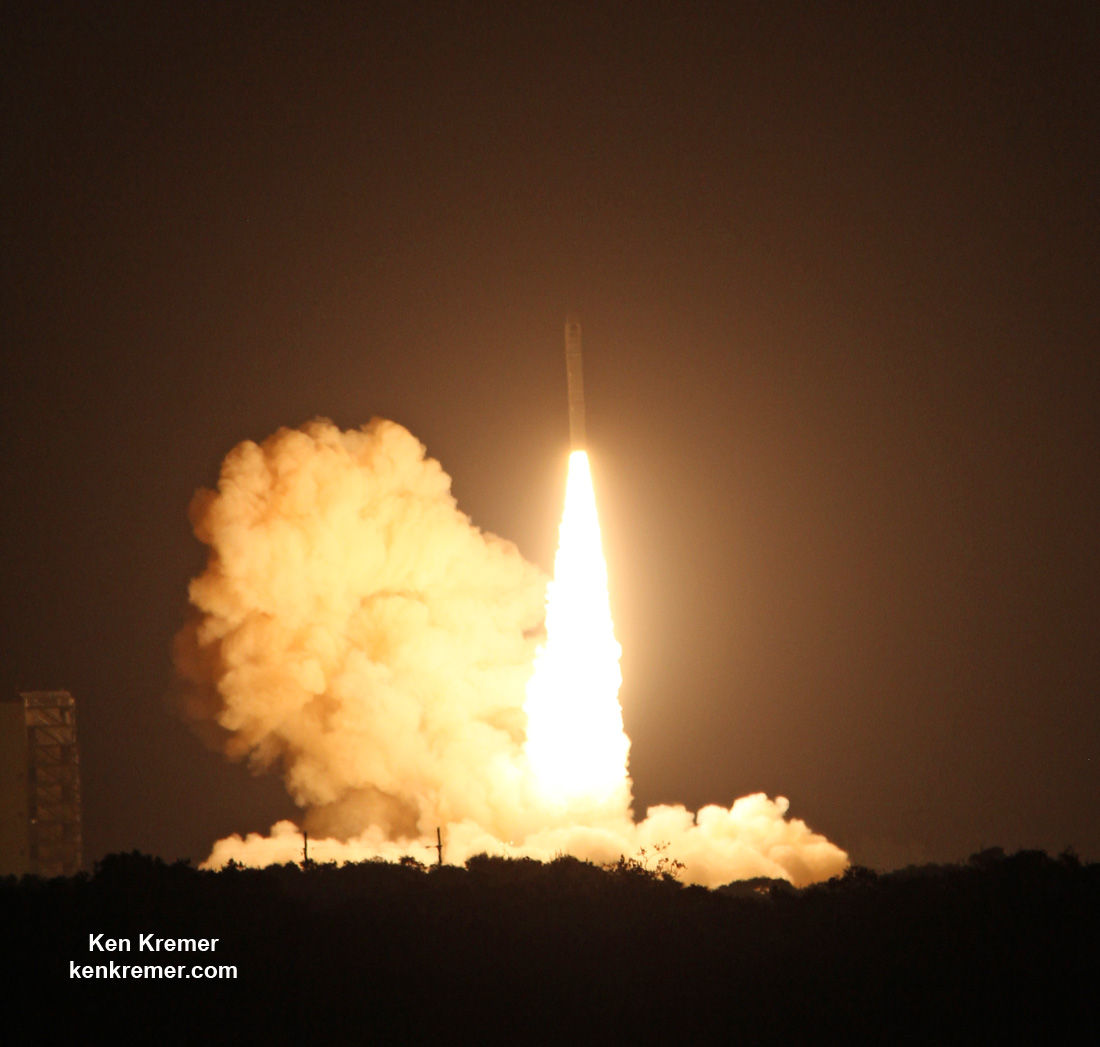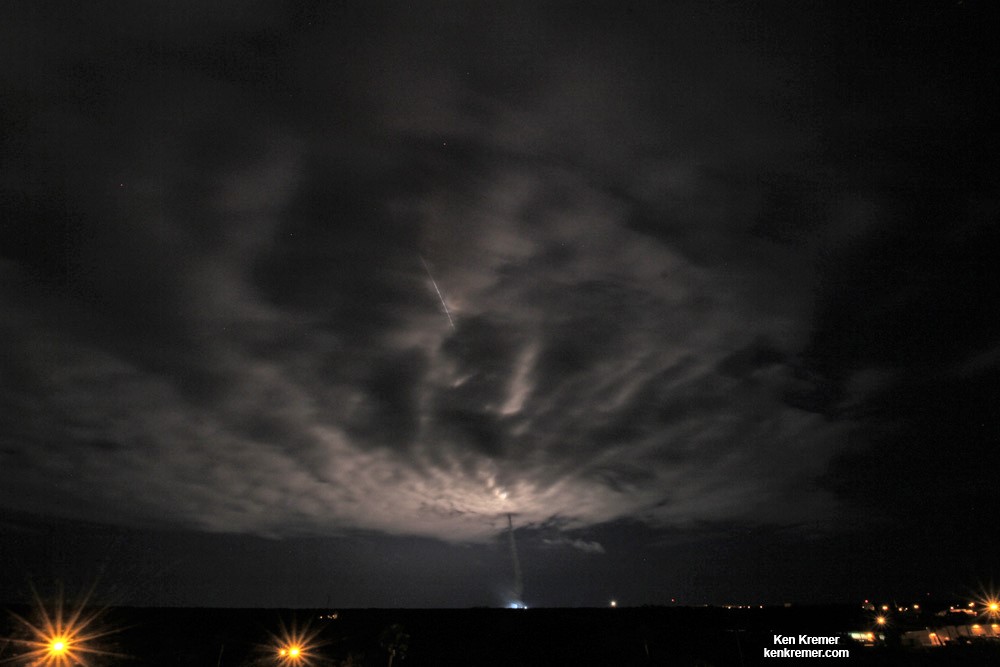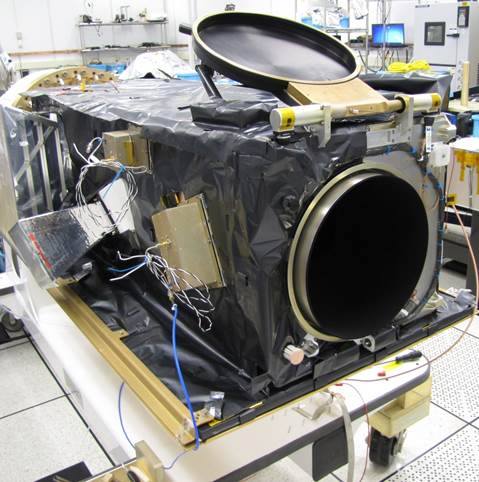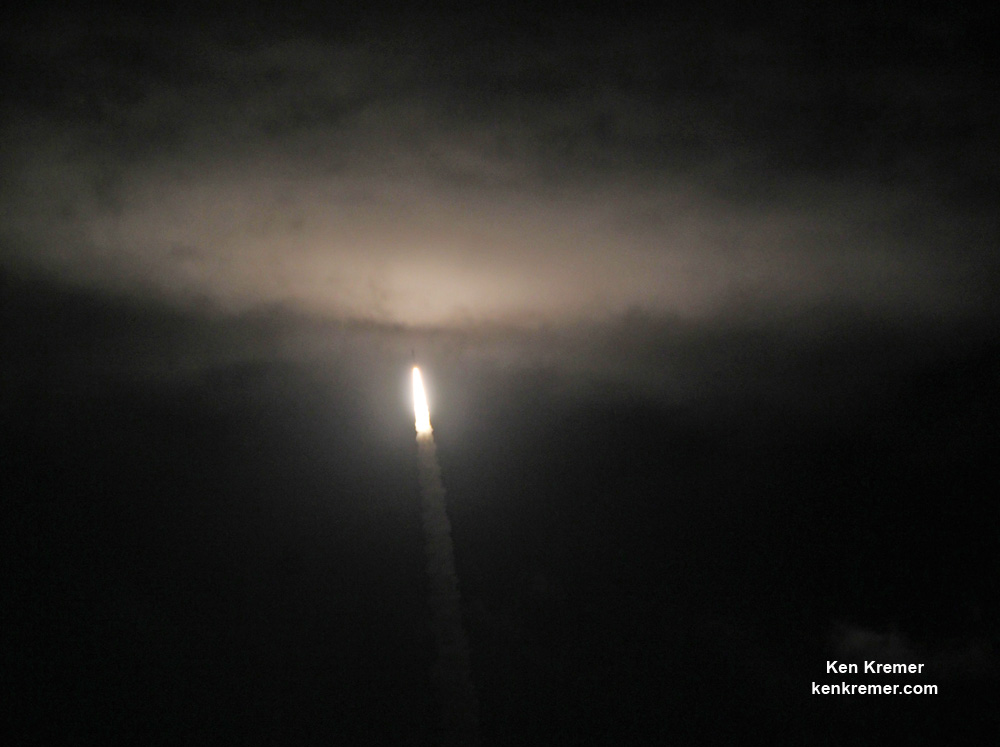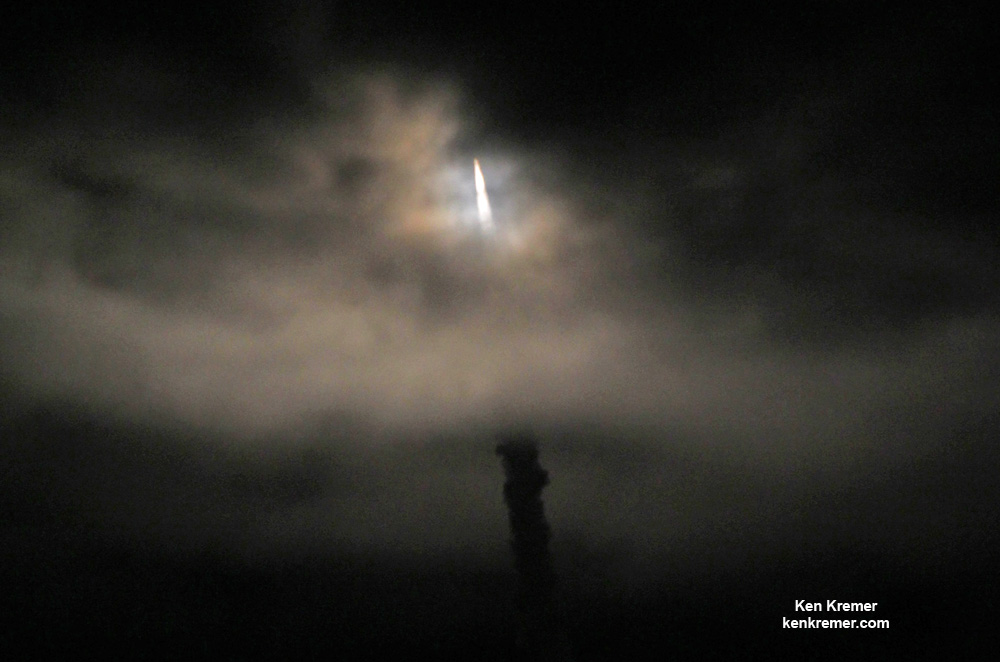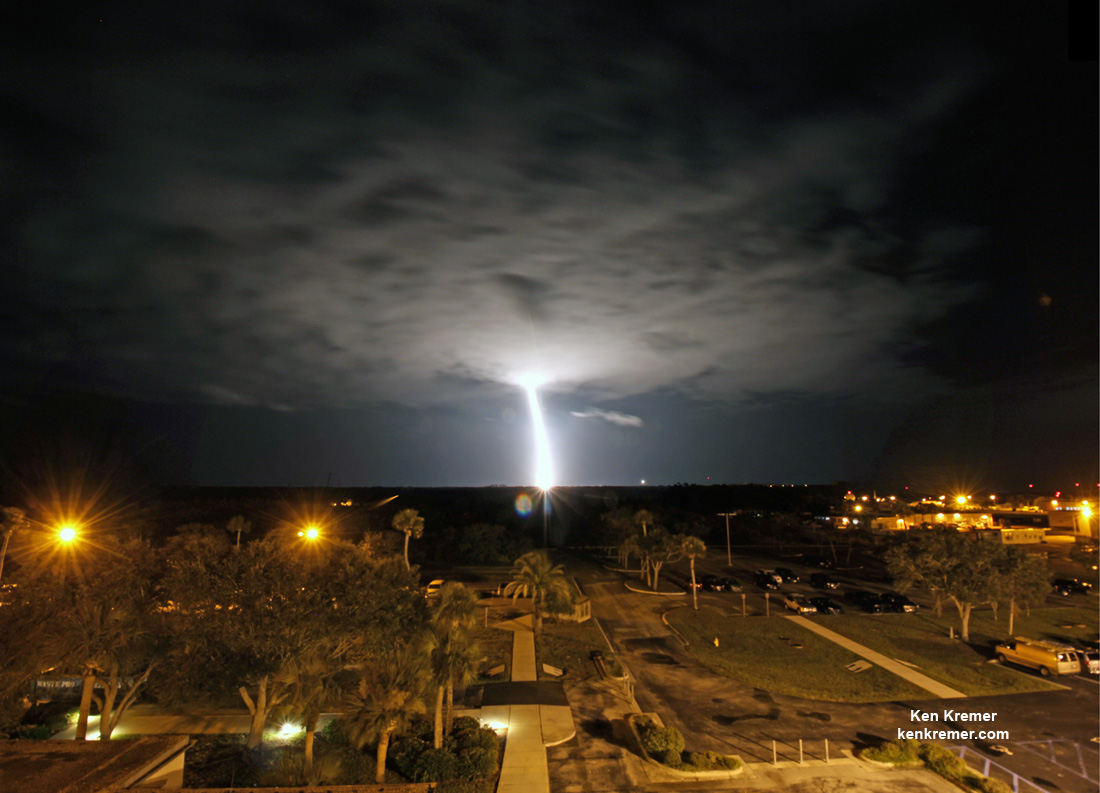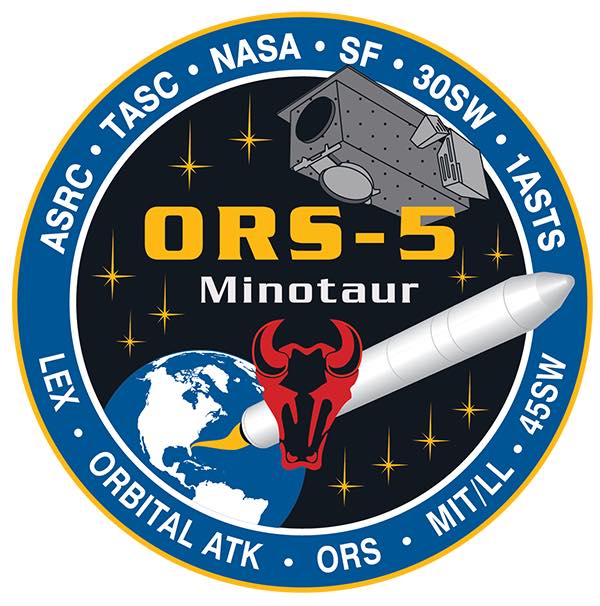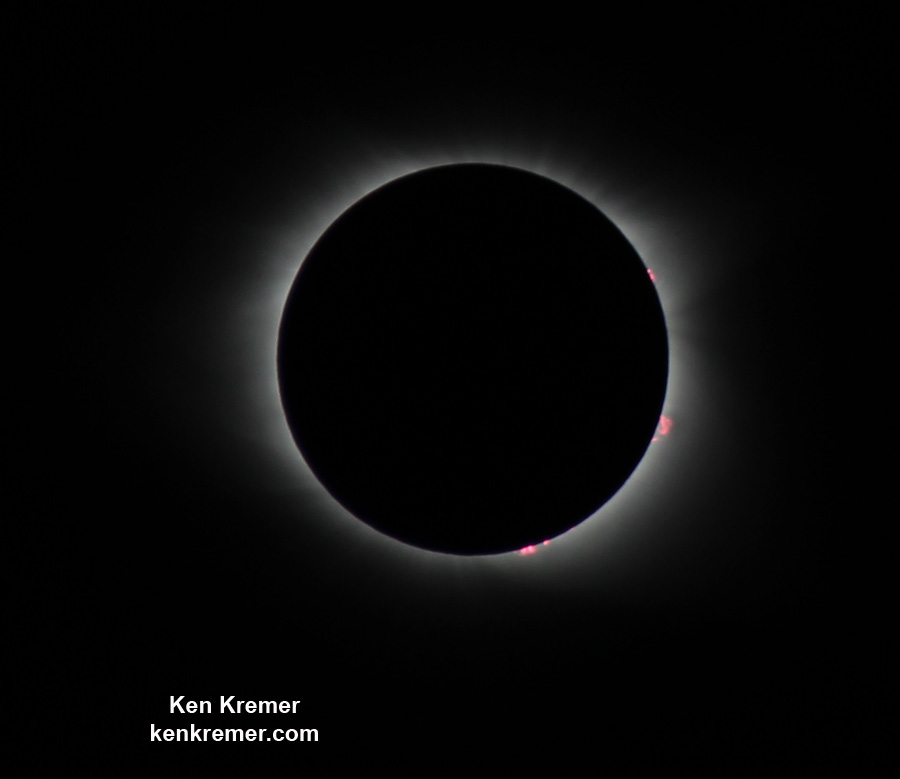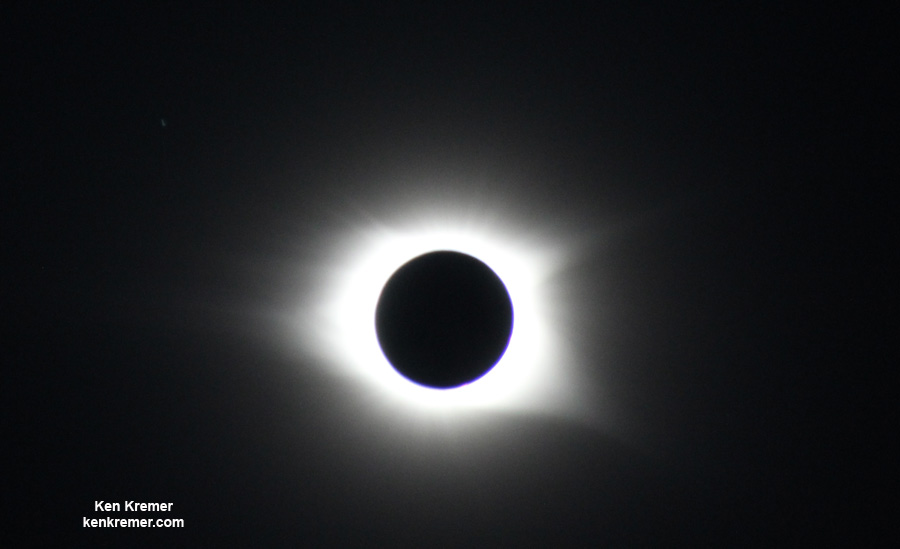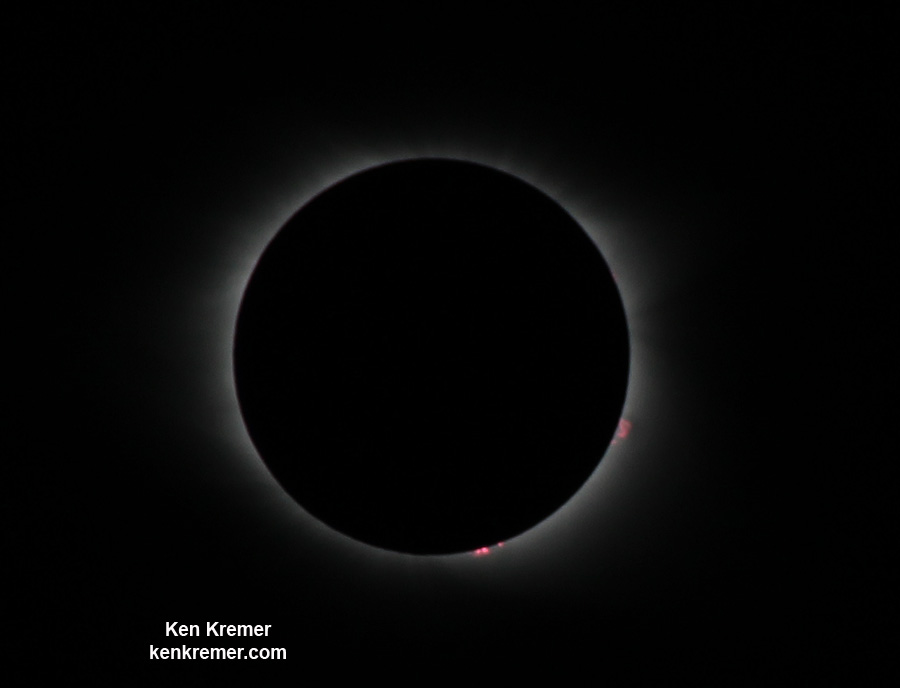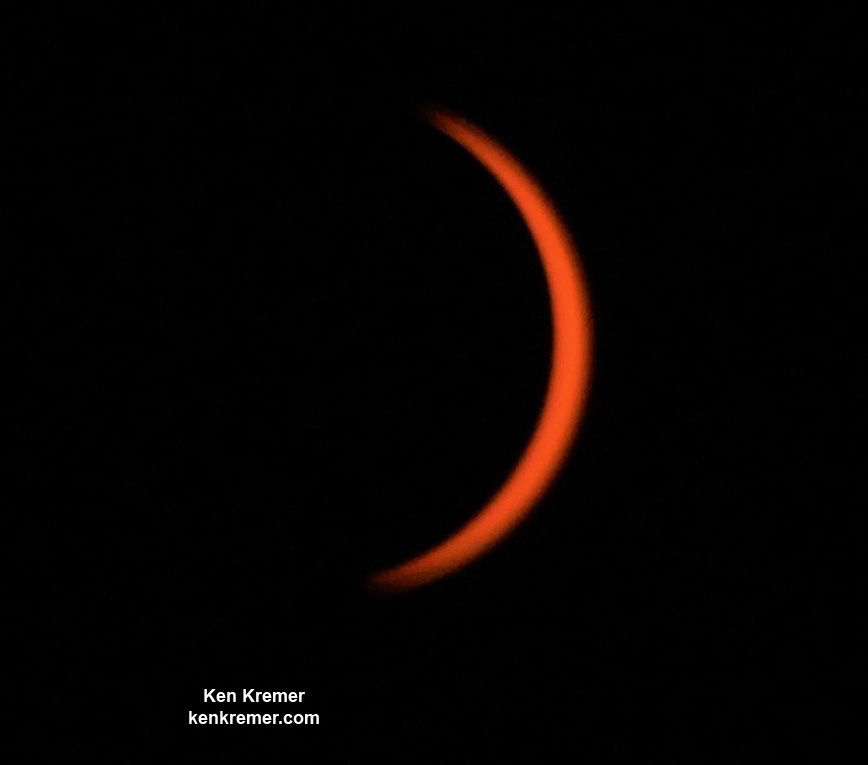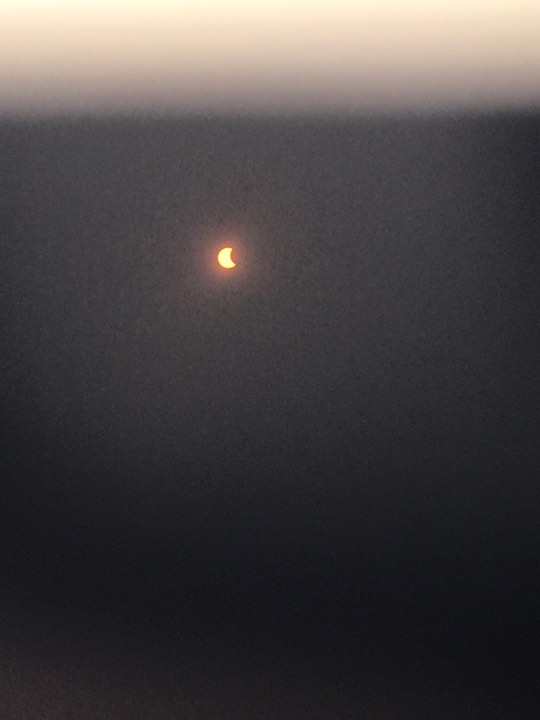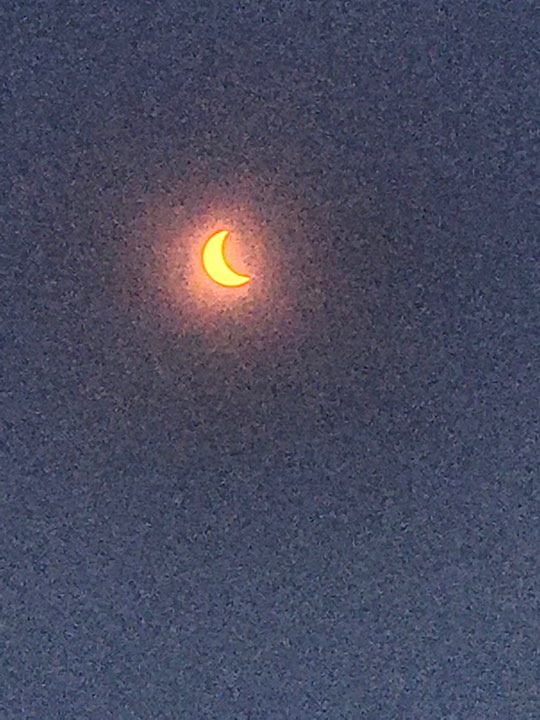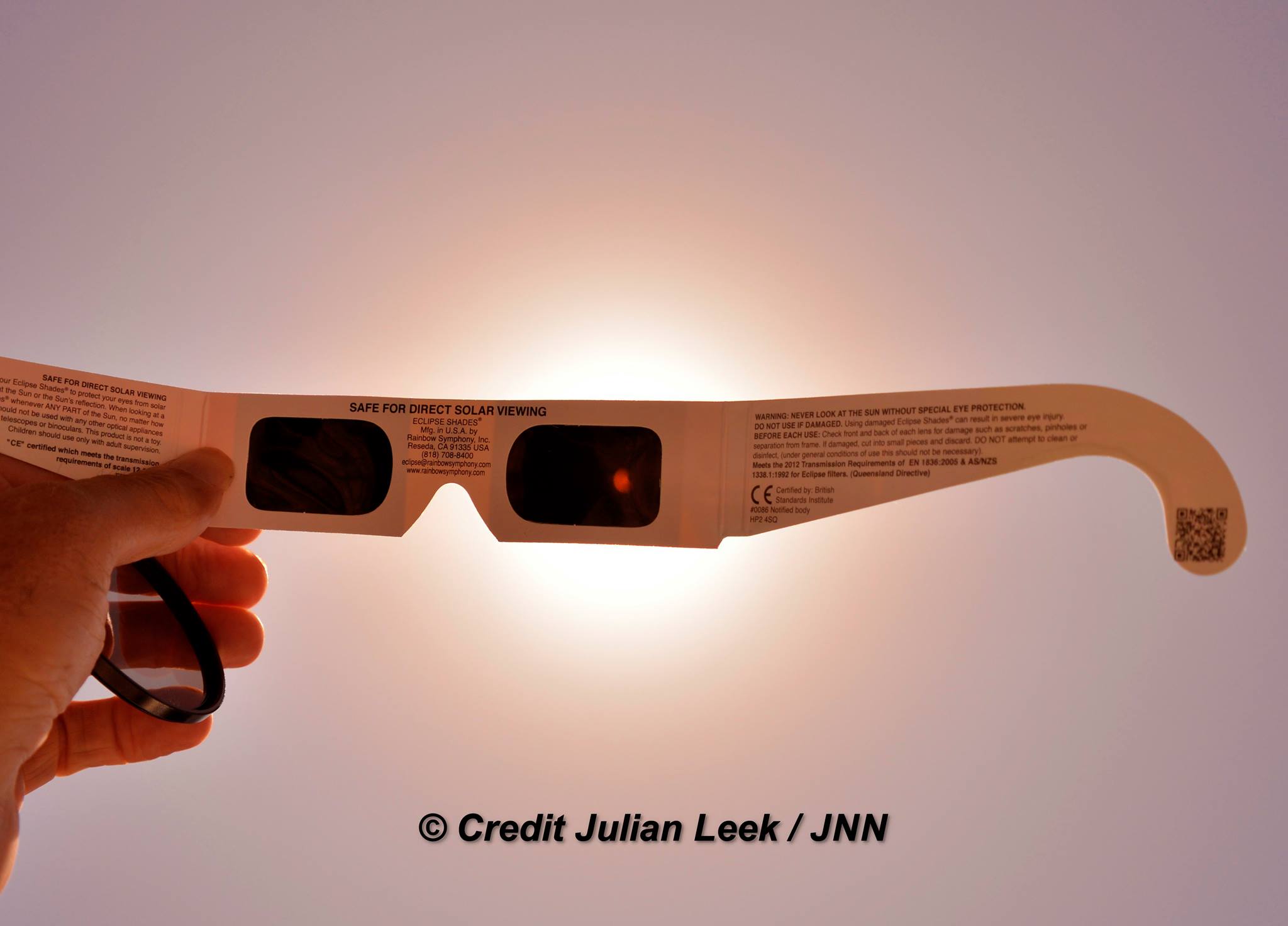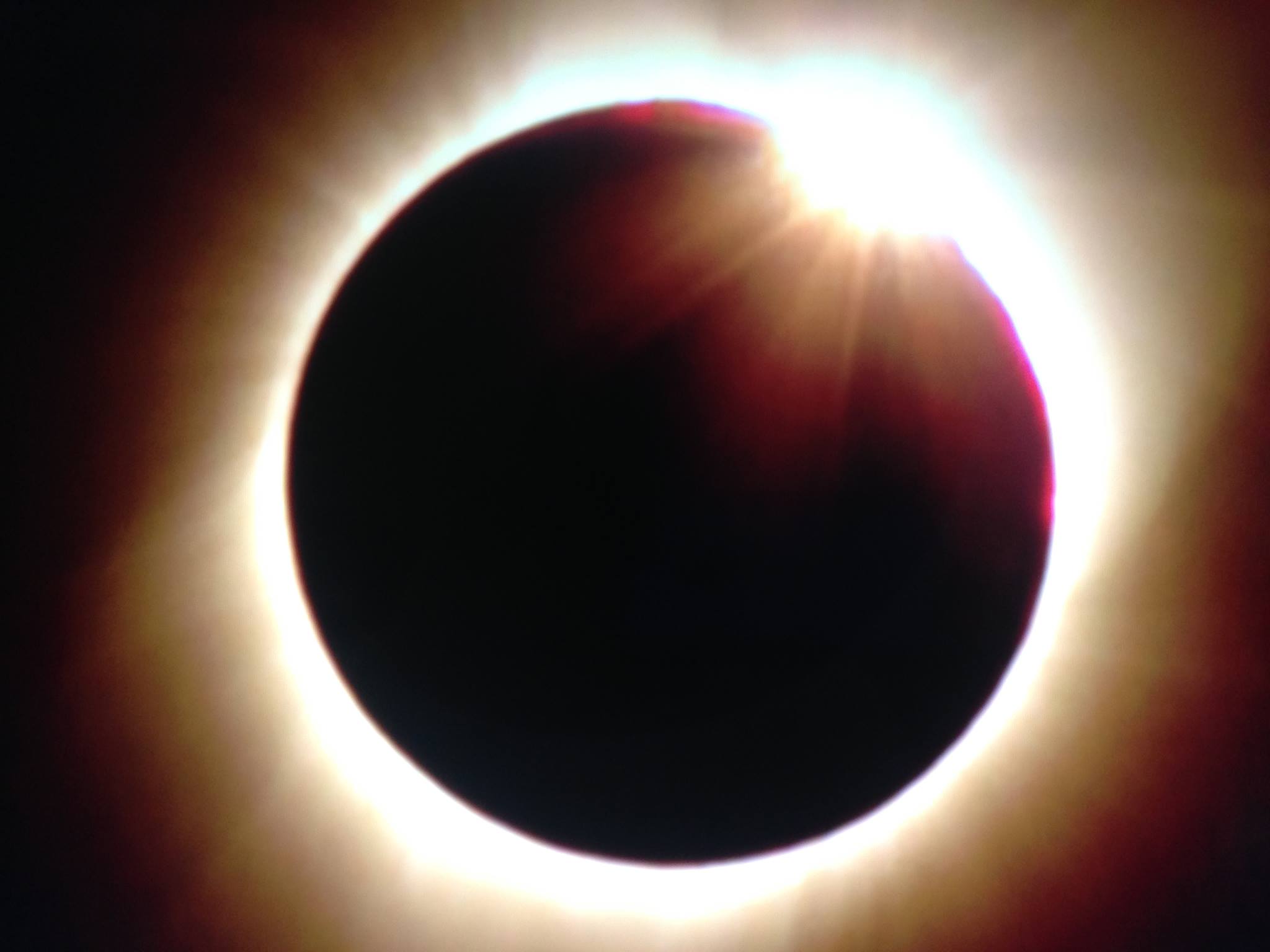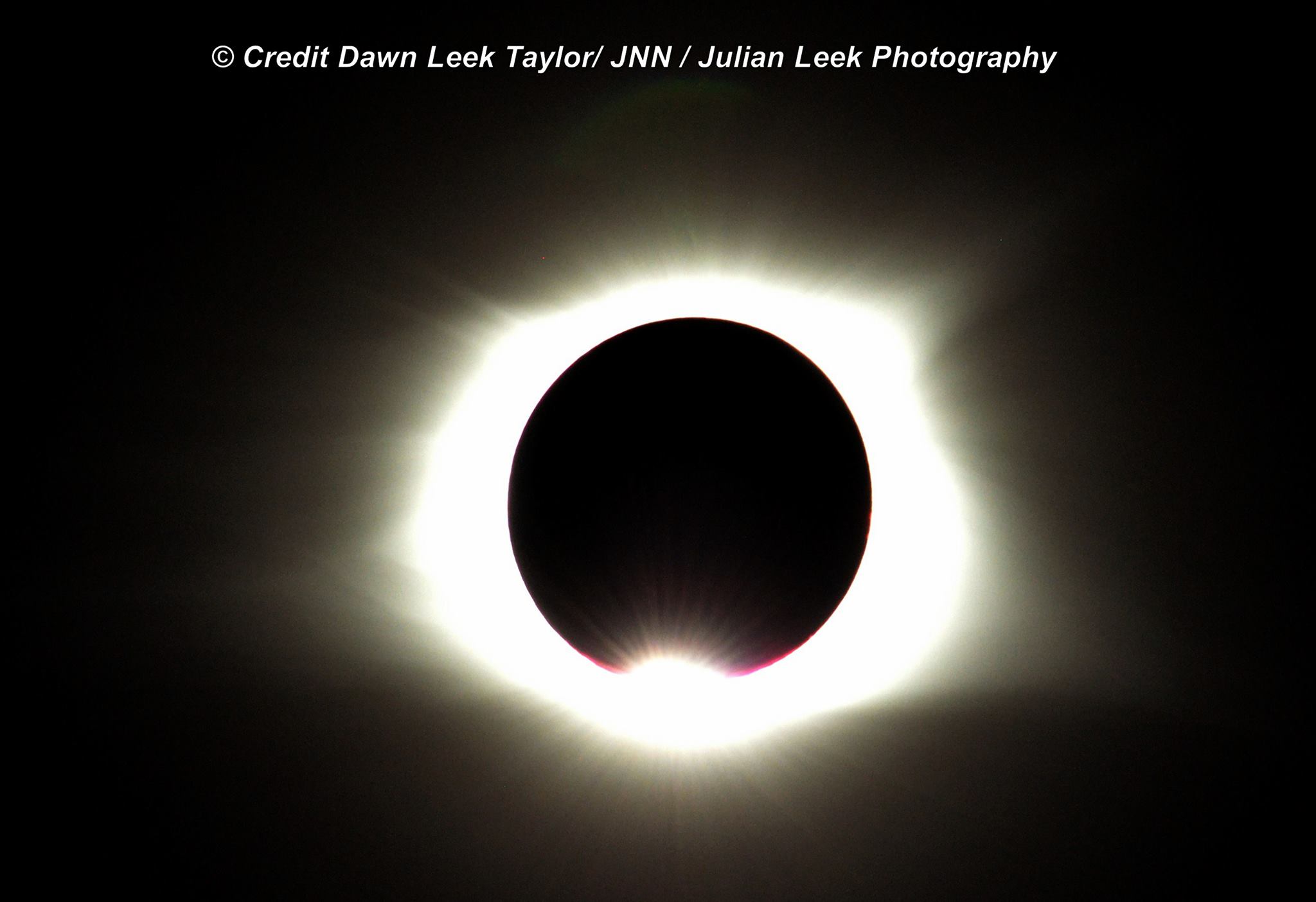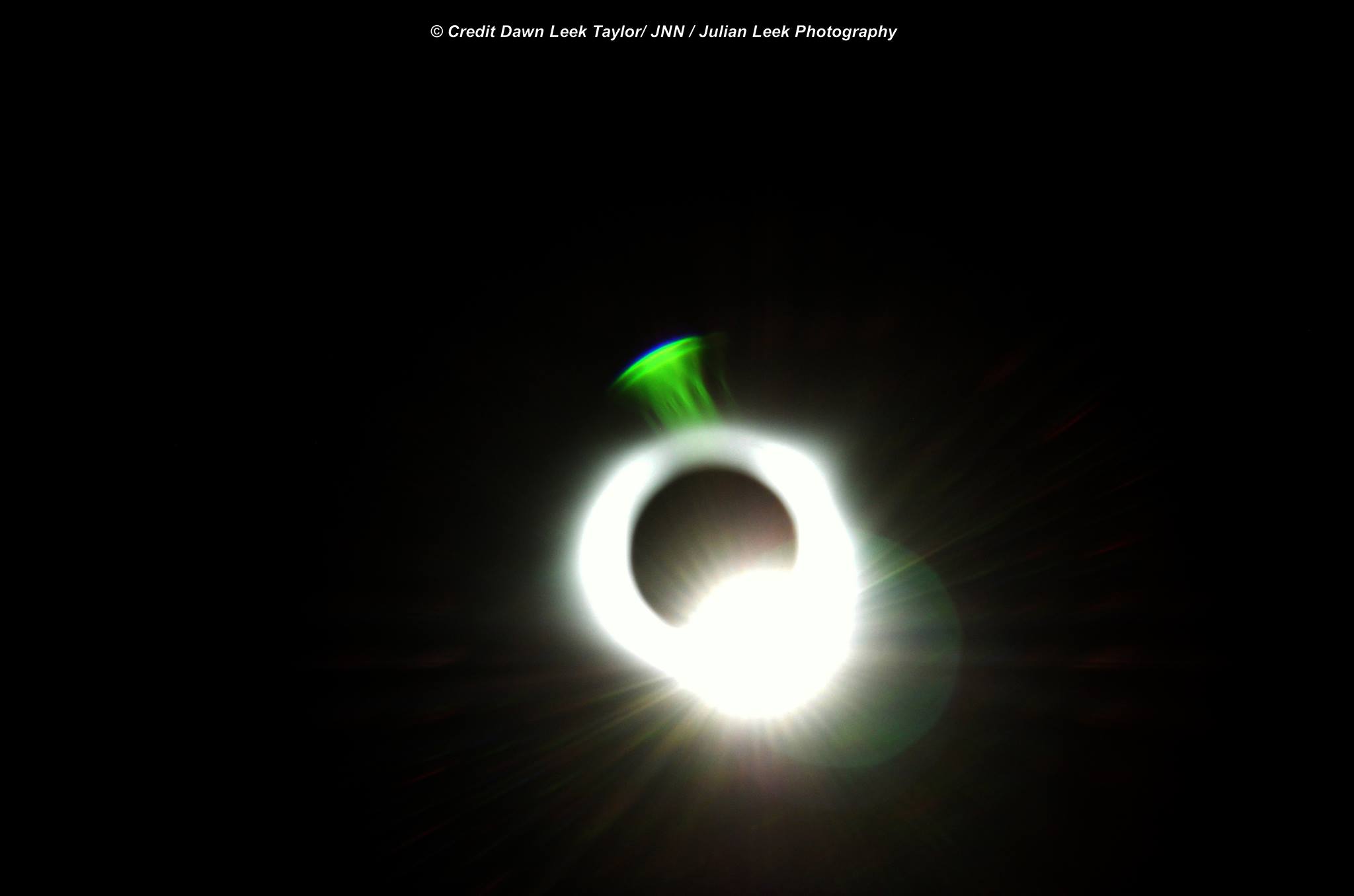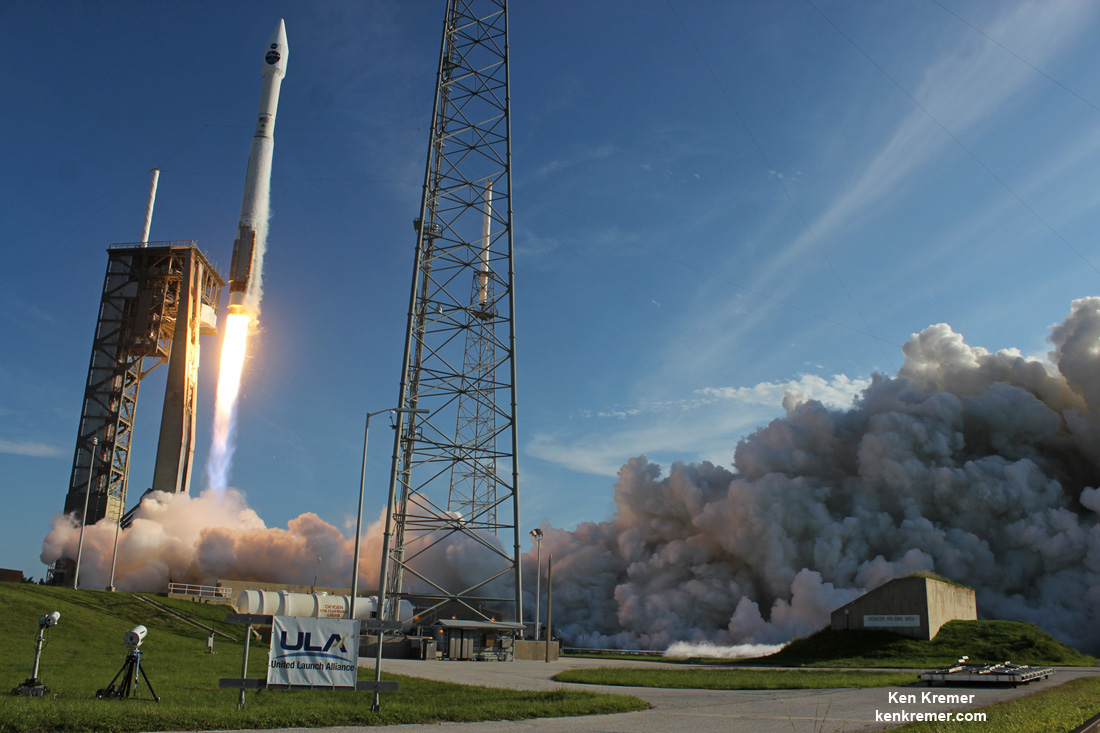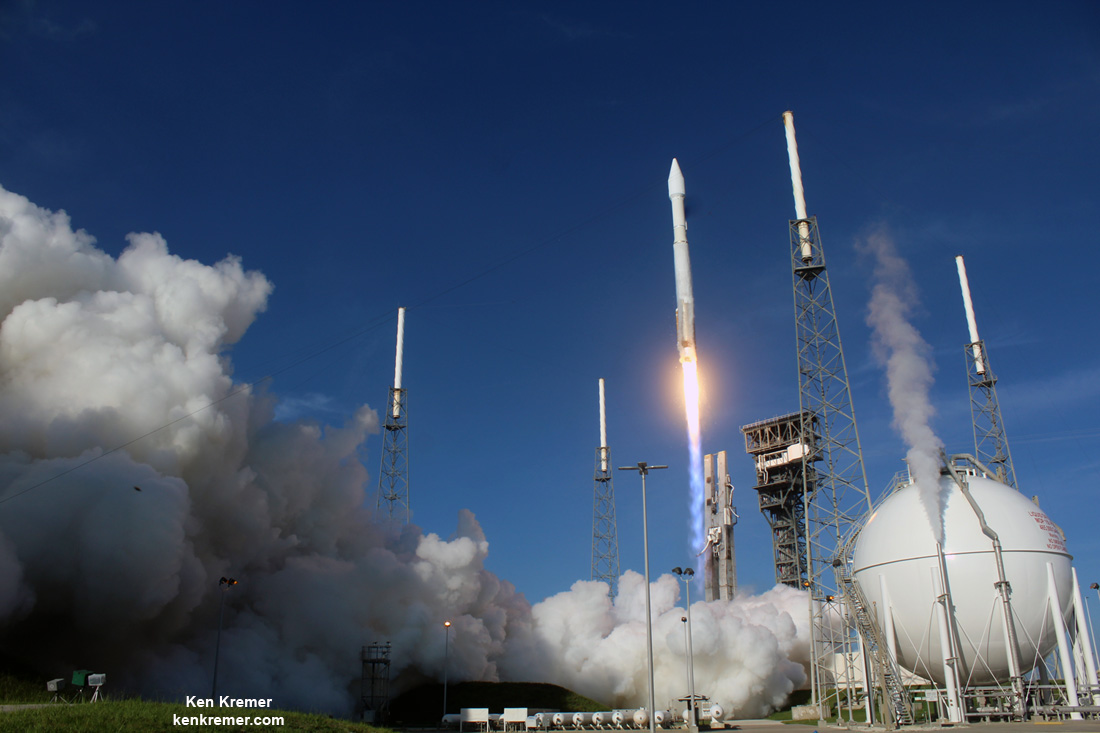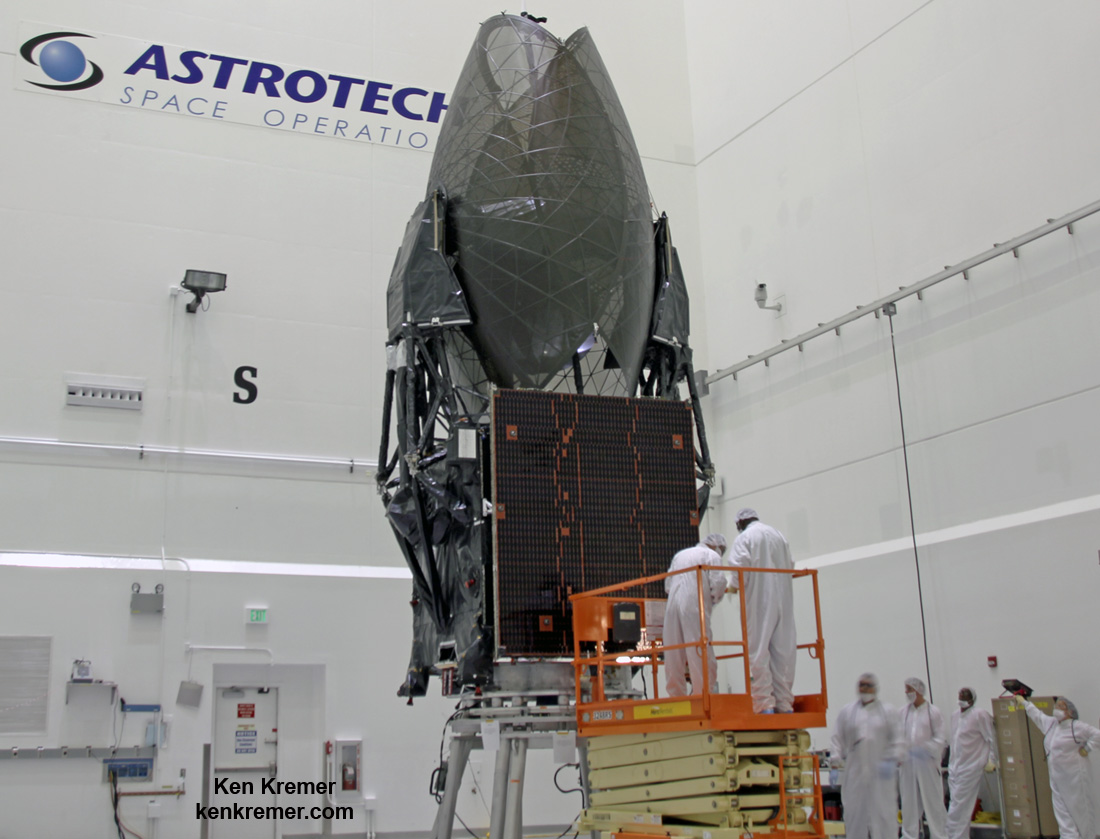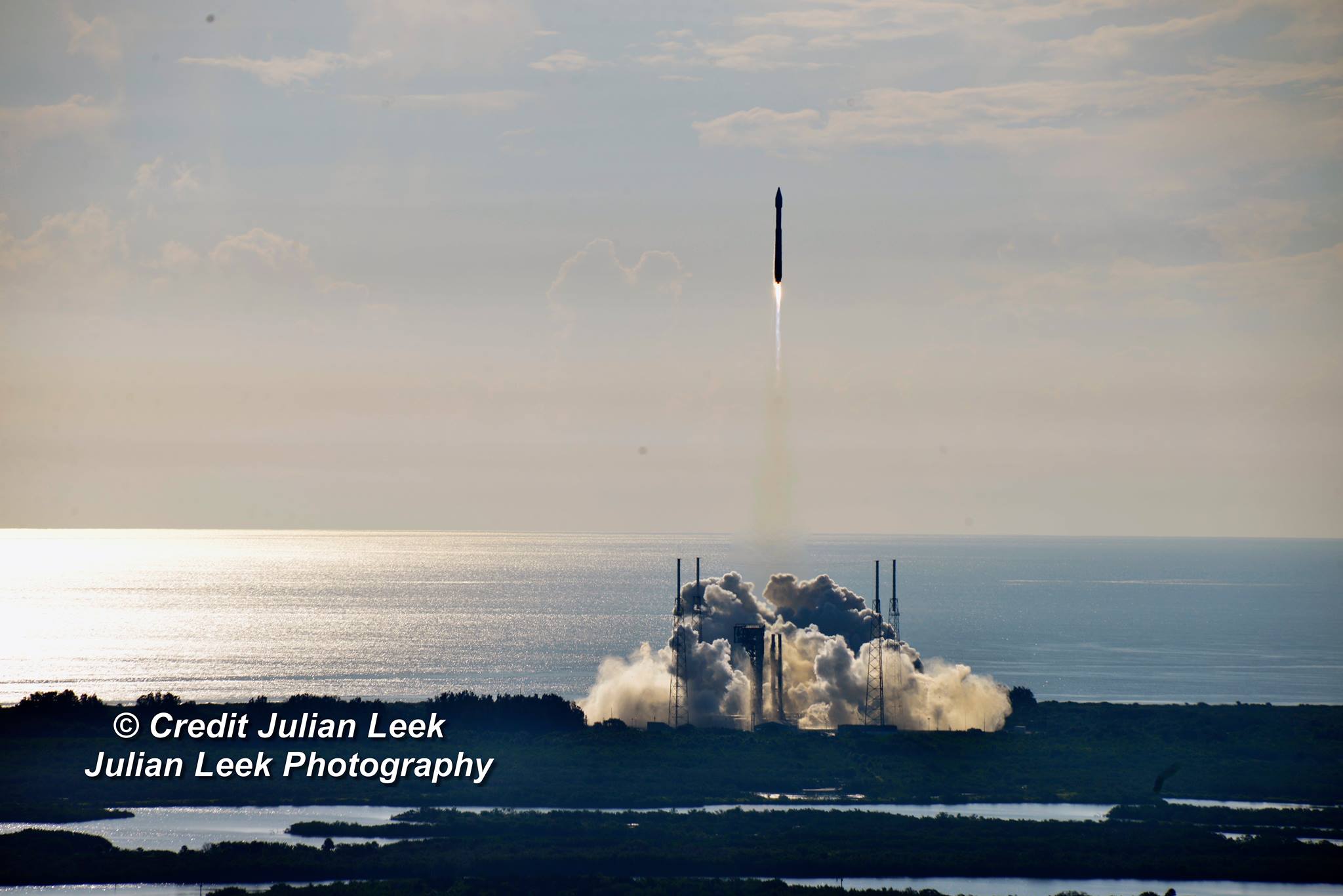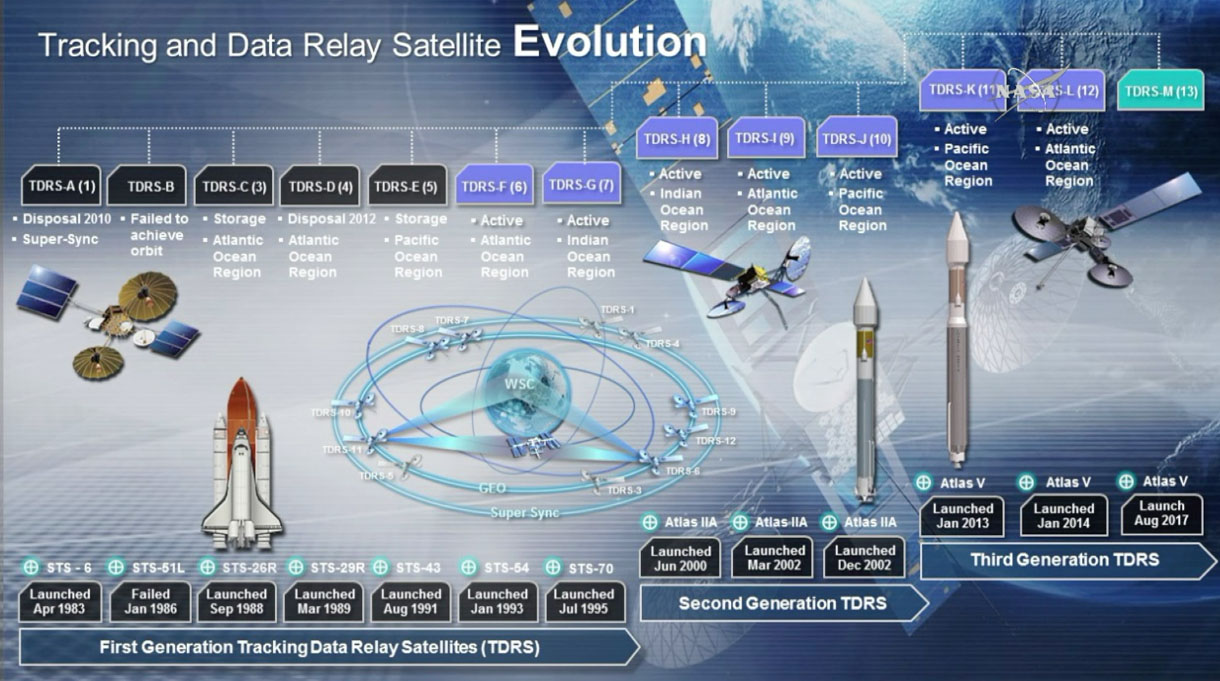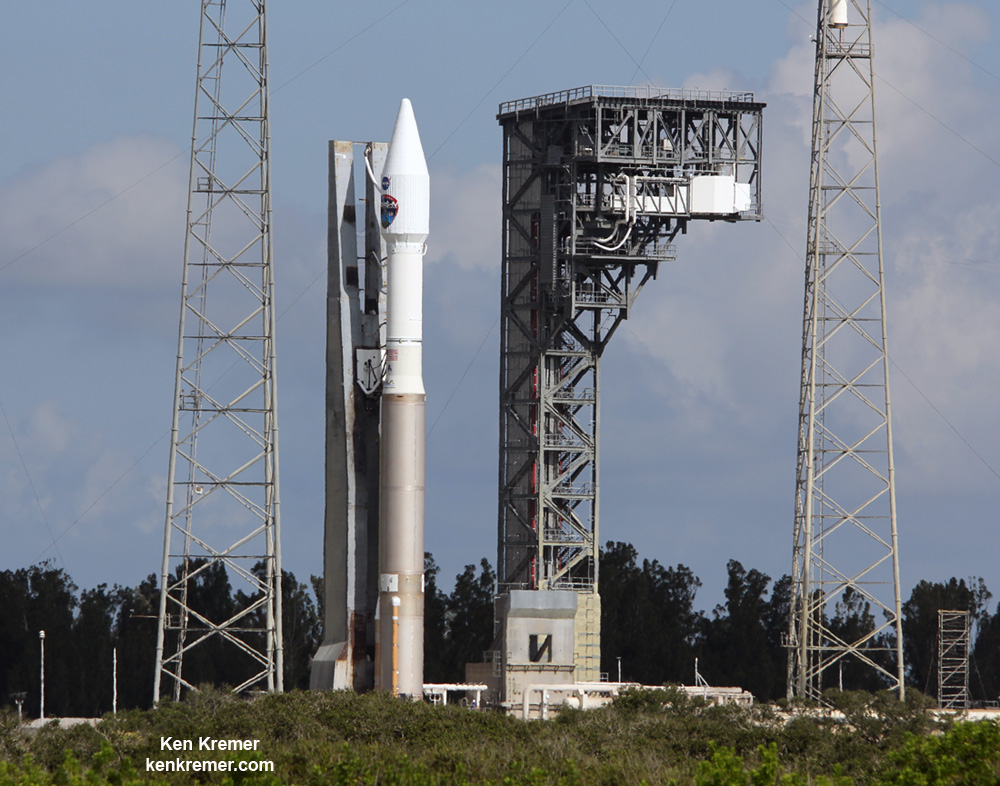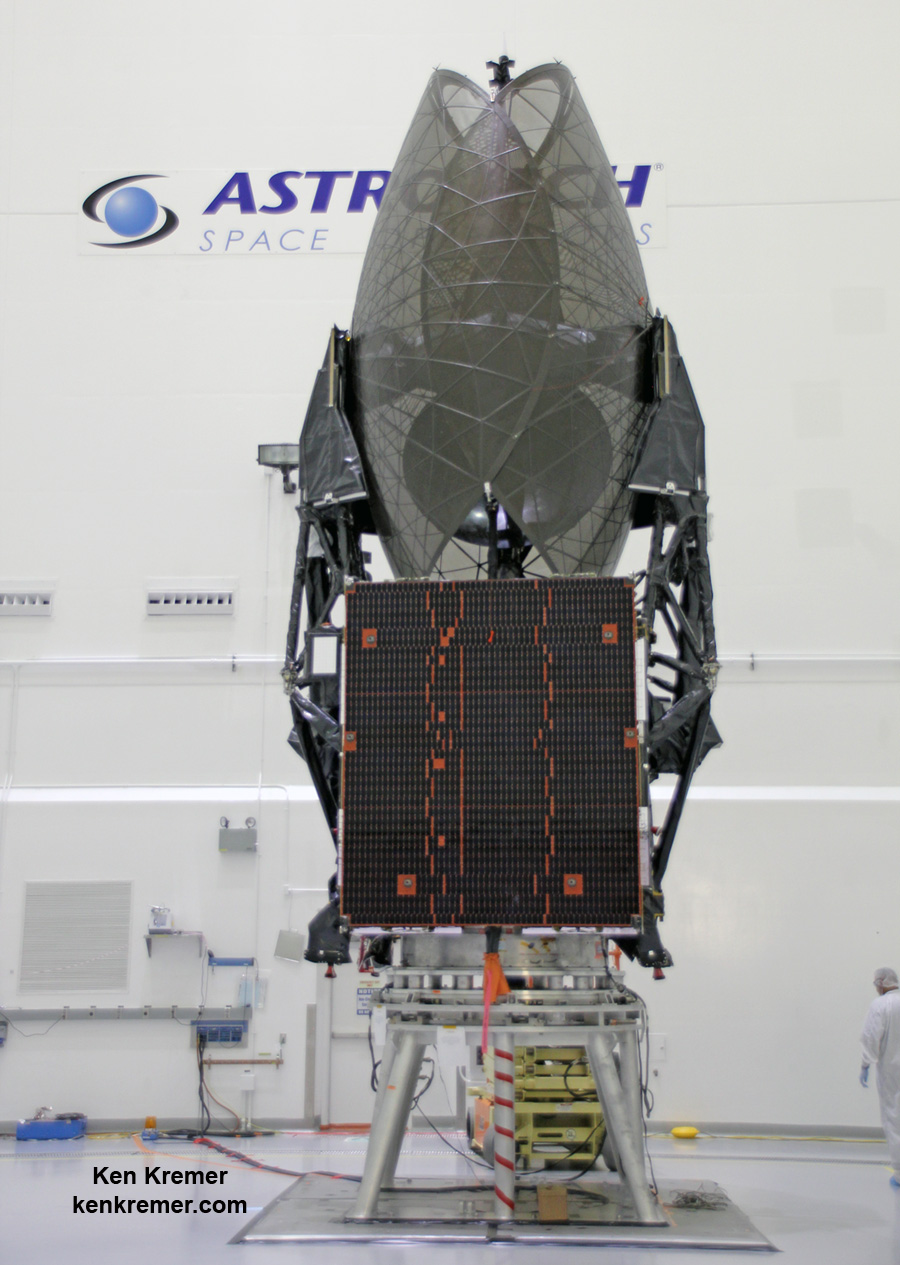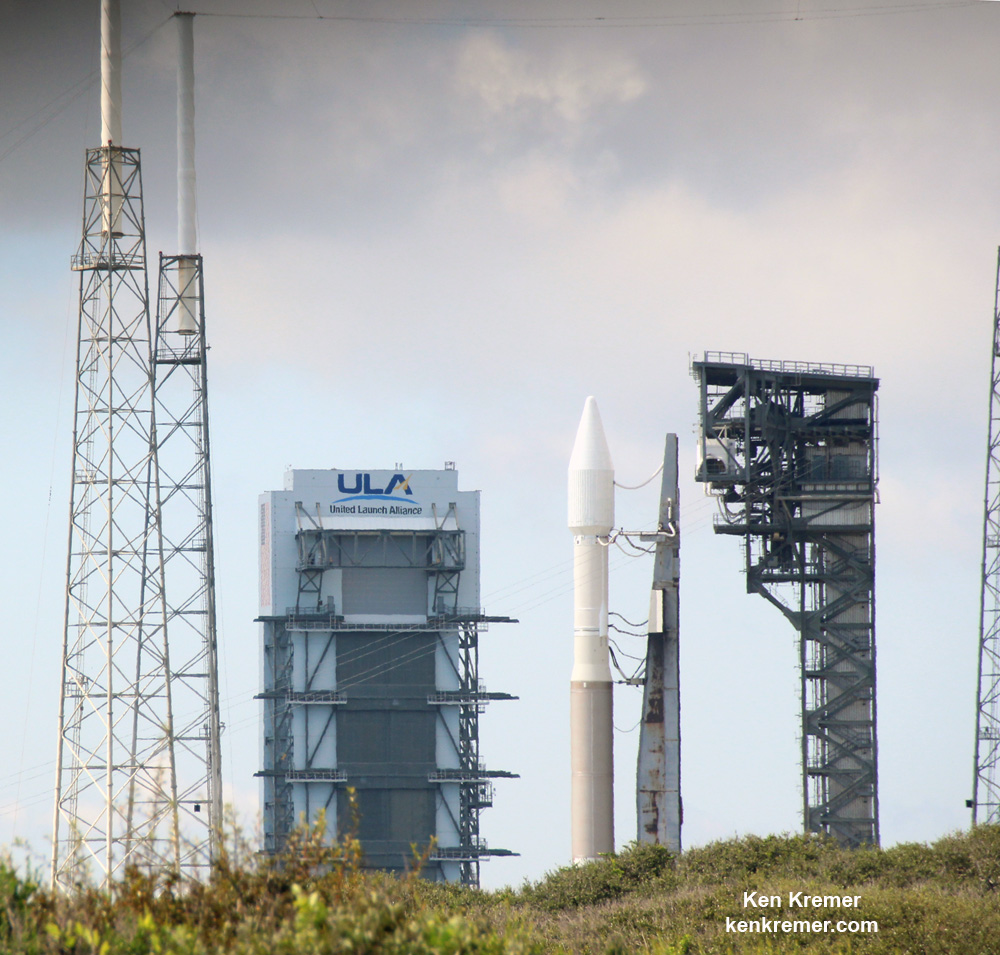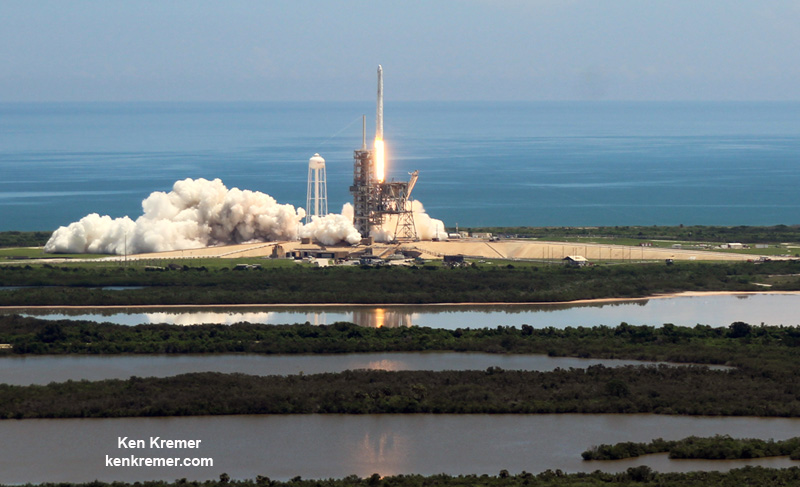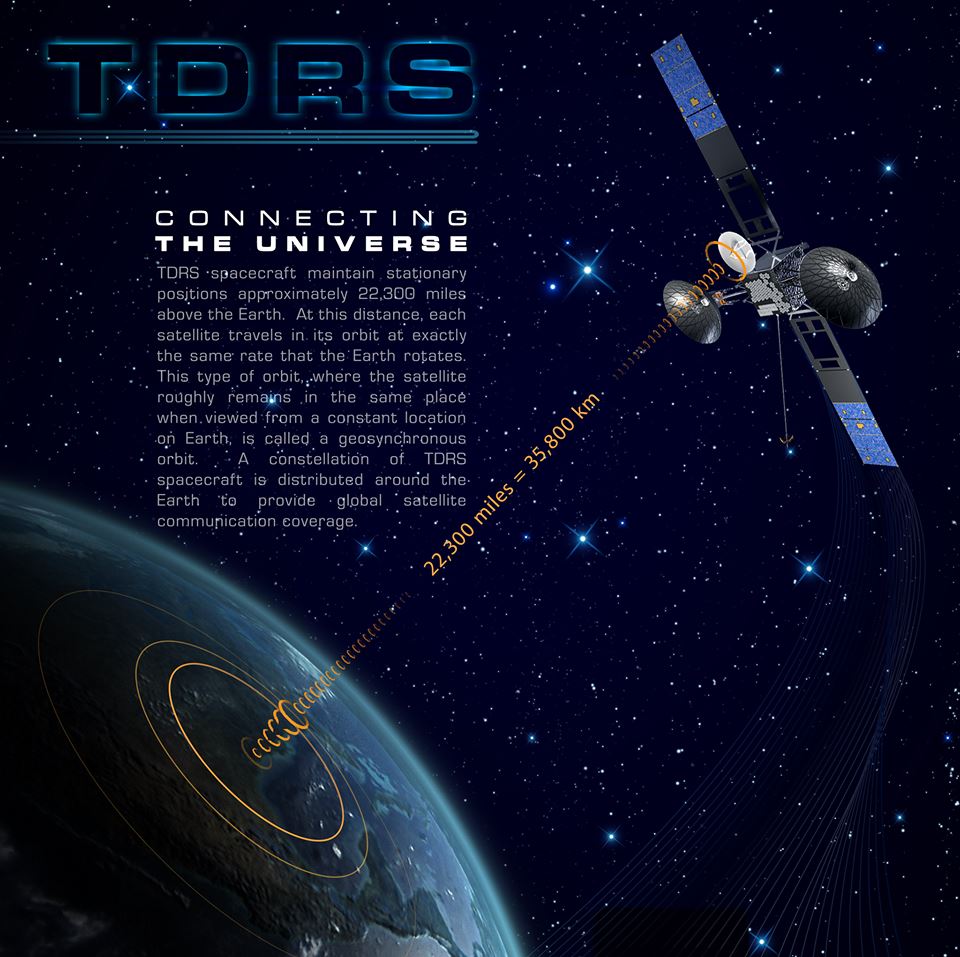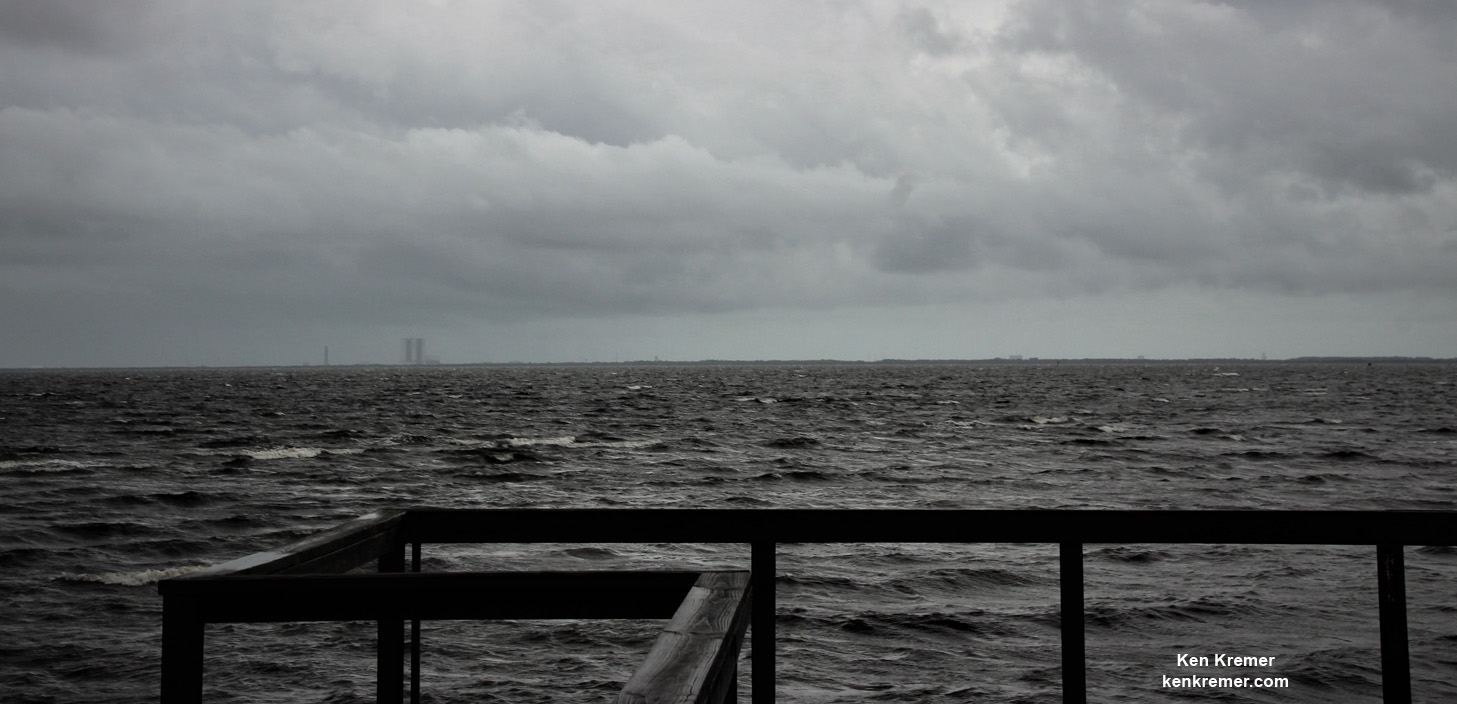
TITUSVILLE/CAPE CANAVERAL, FL– NASA and Air Force officials have ordered the closure of the Kennedy Space Center and Cape Canaveral Air Force Station as deadly Cat 4 Hurricane Irma relentlessly targets a direct hit on Florida and forces millions of residents and tourists to evacuate catastrophic consequences coming tonight, Saturday, Sept. 9 and throughout the weekend.
The Kennedy Space Center Visitor Complex also announced its closure.
The Florida Space Coast base and Visitor Complex closings were ordered just hours after SpaceX successfully launched the secretive X-37B military spaceplane to orbit for the U.S. Air Force on a Falcon 9 rocket from historic pad 39A on the Kennedy Space Center on Thursday, Sept. 7.
“NASA’s Kennedy Space Center in Florida is closing Friday, Sept. 8 through at least Monday, Sept. 11, due to the approach of Hurricane Irma, KSC officials said.
“Irma could potentially bring heavy rain and strong winds to the spaceport. Essential personnel will make final preparations to secure center facilities and infrastructure.”
“I have declared Hurricane Condition II (HURCON II) as of 9:00 p.m. today [9/9],” declared Brig Gen. Wayne R. Monteith, Commander, 45th Space Wing.
“As we enter HURCON II, we continue to monitor Hurricane Irma’s progress. HURCON II indicates surface winds in excess of 58 mph could arrive in the area of the base within 24 hours.”
“This is a deadly major storm,” said Florida Gov. Rick Scott at an update briefing today. “Our state has never seen anything like it.”
“We are under a state of emergency!”
18 million people are currently under Hurricane warnings throughout Florida and the dire warnings from the Governor have been nothing short of catastrophic.
Here’s the latest Hurricane Irma storm track from the National Hurricane Center (NHC) updated to Saturday evening, Sept 9.

It is being closely tracked in incredibly high resolution by the new NASA/NOAA GOES-16 (GOES-R) satellite launched late last year on a ULA Atlas V in Nov 2016.
Only a ride out team of roughly 130 or so KSC personnel based at the Emergency Operations Center (EOC) inside the Launch Control Center will remain on site to monitor spaceport facilities over the weekend and beyond.
“We’re closed until further notice except for Ride-Out Team. Stay safe!” said KSC officials.
“Ride-Out Team to remain in place until #Irma passes.”
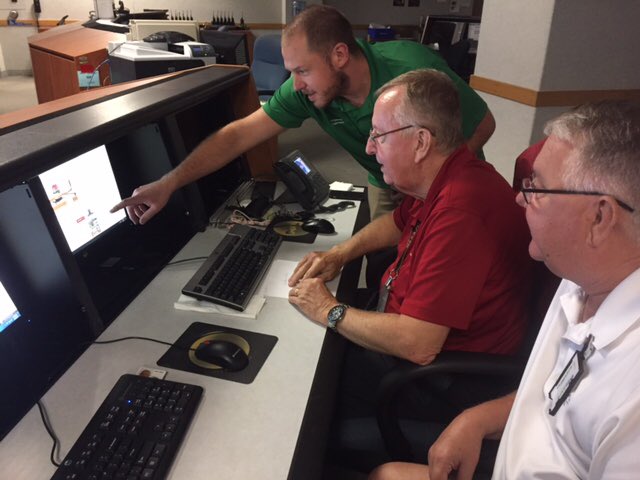
Both KSC and the Cape’s Air Force Base will remain closed until Irma passes and until further notice and the facilities are deemed safe.
“After the storm has left the area, Kennedy’s Damage Assessment and Recovery Team will evaluate all center facilities and infrastructure for damage. The spaceport will reopen after officials determine it is safe for employees to return.”
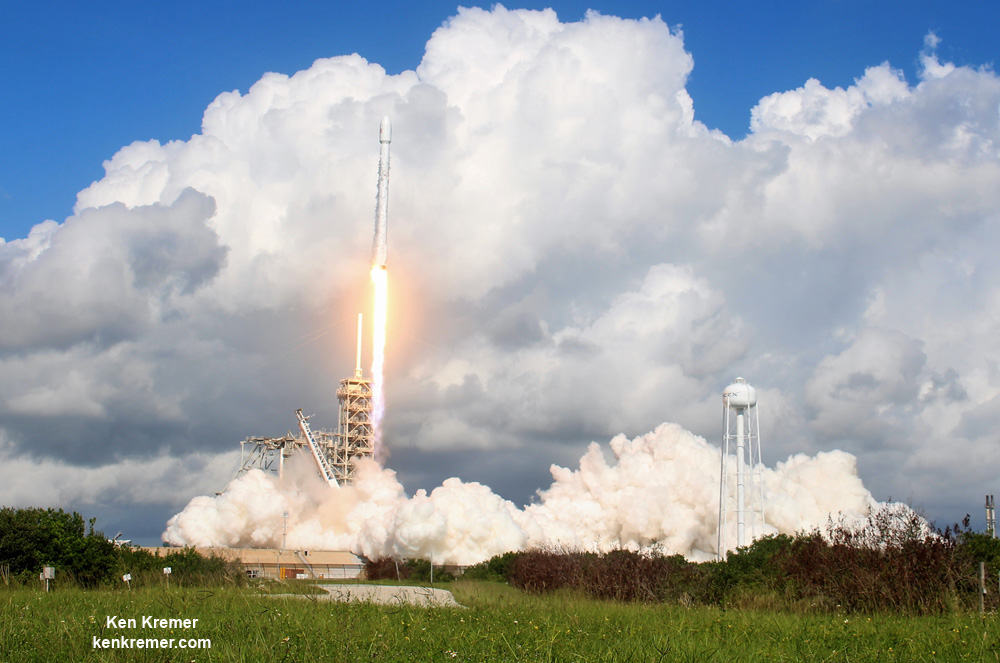
State officials also ordered the mandatory evacuation of the Cape’s surrounding barrier islands including Merritt Island which is home to the space center and Cocoa Beach, as of Friday at 3 p.m. EDT.
This is the second year in a row that a deadly looming hurricane has forced the closure of KSC and Cape Canaveral Air Force Station.
When Hurricane Matthew struck last October 2016 it left over $100 million in damages to NASA and AF installations and ironically caused the postponed of the advanced GOES-16 (GOES-R) weather satellite now tracking Irma with unprecedented clarity and timing.
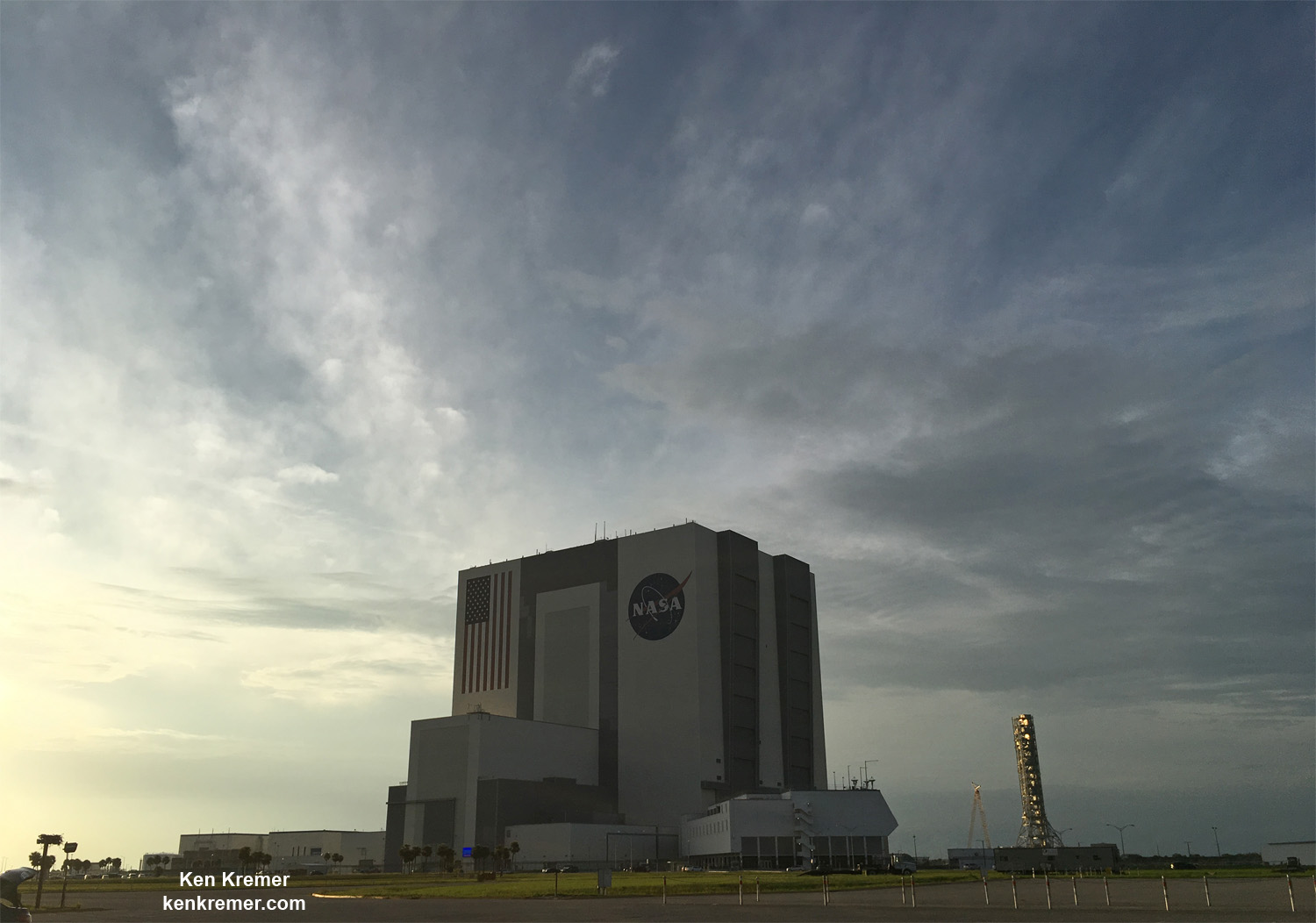
Strong wind gusts and heavy downpours have already drenched Titusville and other local Space Coast cities periodically today, Sat., Sept 9.
NASA’s iconic VAB was barely visible from my perch along Titusville river front, ghostlike in appearance when it peeked only rarely through the clouds.
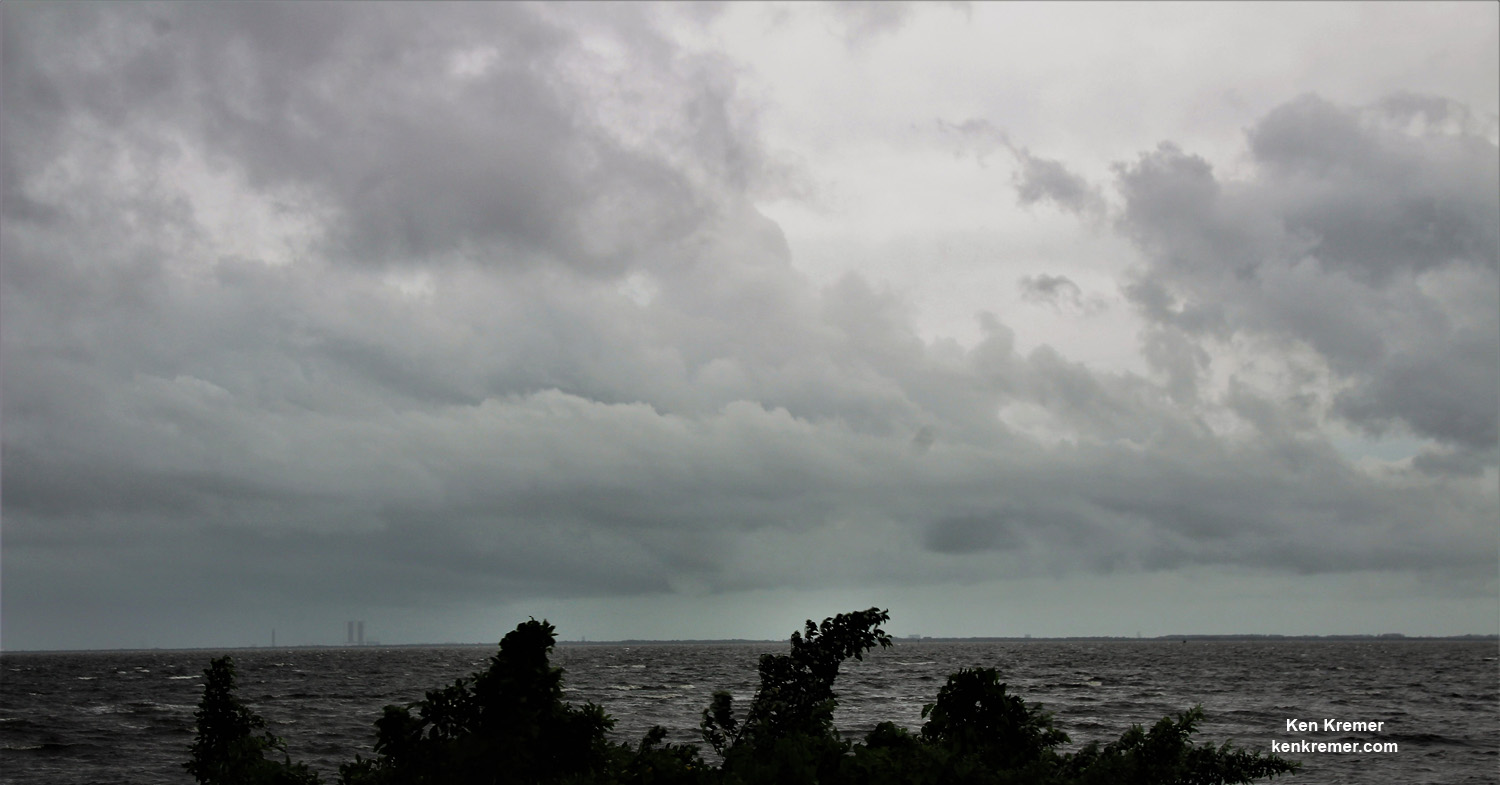
As I write this late Saturday, Sept. 9, Irma is just hours and less than 100 miles away from striking the Florida Keys with a predicted impact of an unsurvivable storm surge.
The eye is currently off the north coast of Cuba and moving in a west northwesterly WNW direction at 7 MPH.
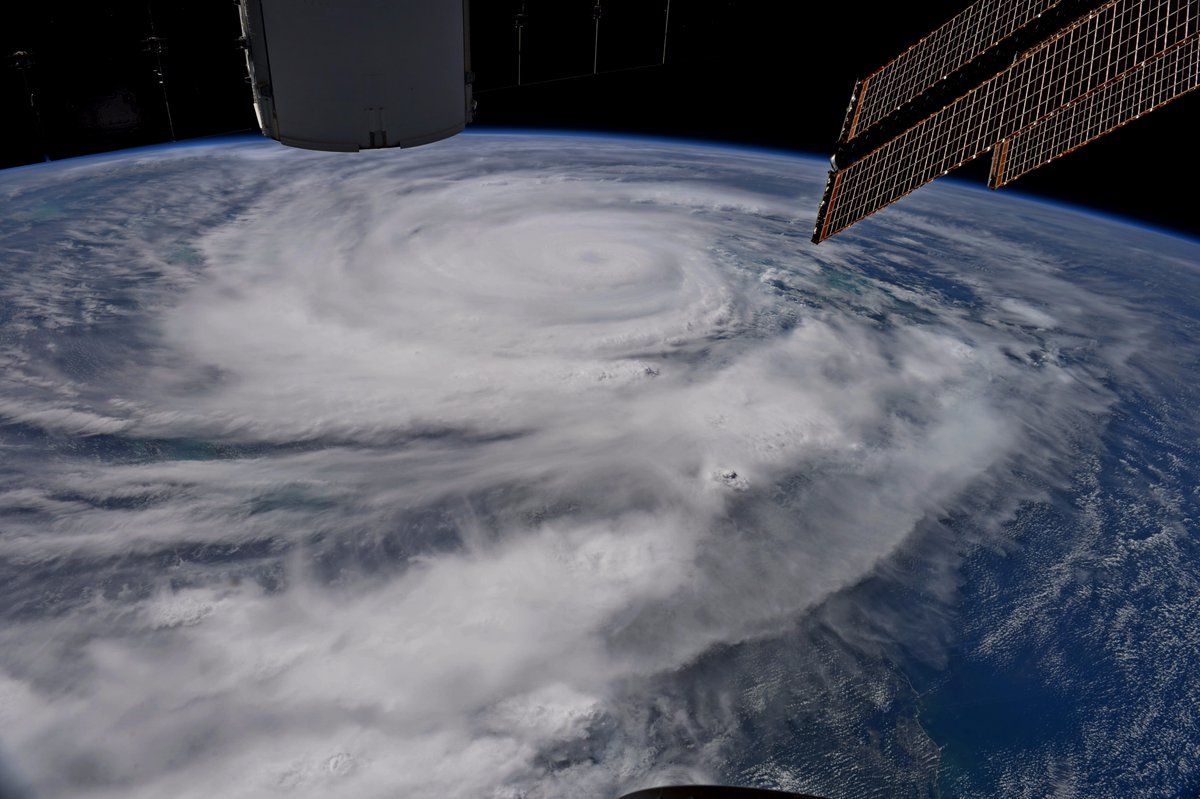
Monster storm Irma is the size of Texas. The outer bands are already lashing the Florida Keys.
Landfall is currently projected to be on the west coast of Florida, perhaps around the Tampa area and causing catastrophic storm surges, flooding and destruction of property and homes.
“Millions of Floridians will see major impacts with DEADLY DEADLY DEADLY storm surge and life threatening winds,” elaborated Gov. Scott.
“There is a serious threat of significant storm surge flooding along the entire west coast of Florida.
This has increased to 15 feet of impact above ground level.”
“Think about that. 15 feet is devastating and will cover your house. A typical first story is 7 to 10 feet. The storm surge will rush in and could kill you.”
“This is a life threatening situation,” warned Scott. “Central Florida is under a hurricane warning and will see dangerous and life threatening wind and torrential rainfall of more than a foot. Rainfall has already started and wind will begin tonight.”
“We could also see tornadoes.”
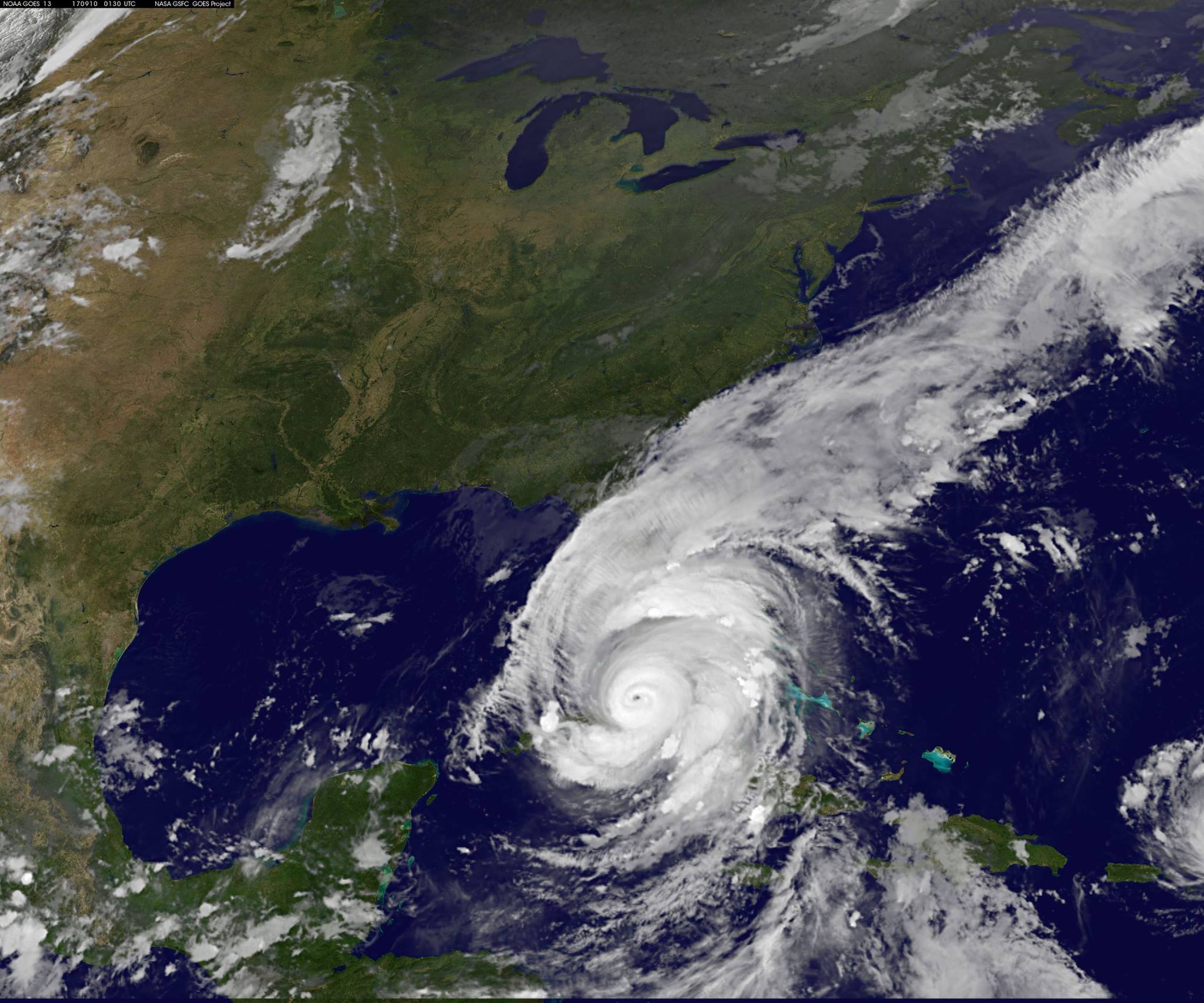
90+ MPH wind gusts are expected virtually statewide.
Widespread power outages are expected. Over 190,000 power outages have already been reported as of Saturday evening.
Millions more are expected to lose power – including half of all residents says Florida Power and Light (FPL) !
Hundreds of power crews are already prepositioned in place to get the juice flowing as soon as possible after Irma marches northward.
As a precaution earlier this week Scott already ordered all schools and government offices closed statewide until further notice.
Florida hurricane shelters are filling up in some areas and overflowing in others. 385 designated shelters are open already and more are coming. Over 375,000 people have already taken shelter.
Finding open gas stations is increasingly problematical because many are now closing as the storms impact is imminent. Tanker trucks had been replenishing empty storage tanks as best as possible throughout the state over the past few days.
“We are working to keep gas stations open,” said Scott.
8 to 18 inches of rain are expected across the state.
Storm surge warnings are in effect especially for the west coast notably in the Tampa and Sarasota areas where it could reach 5 – 10 feet in Tampa Bay and even higher to 10 to 15 feet along the southwest Florida coast is possible.
“Millions of Floridians will see life threatening winds starting tonight,” Scott warned.
“This is a life-threatening situation.”
“Over 6.5 million have been ordered to evacuate. Get out now if you have been ordered to do so.”
That’s 6.5 million people ordered to evacuate out of the total state population of 20 million – unfathomable.
Watch for Ken’s continuing onsite X-37B OTV-5 and NASA mission reports direct from the Kennedy Space Center and Cape Canaveral Air Force Station, Florida.
Stay tuned here for Ken’s continuing Earth and Planetary science and human spaceflight news.


